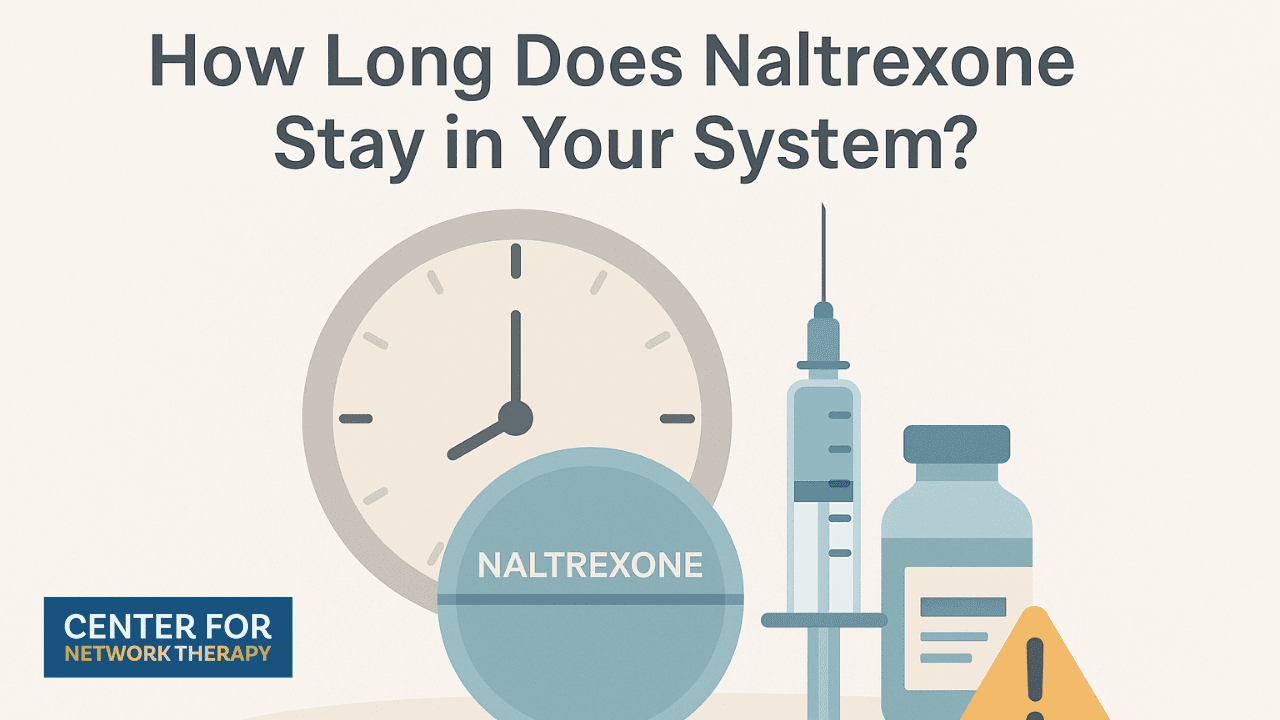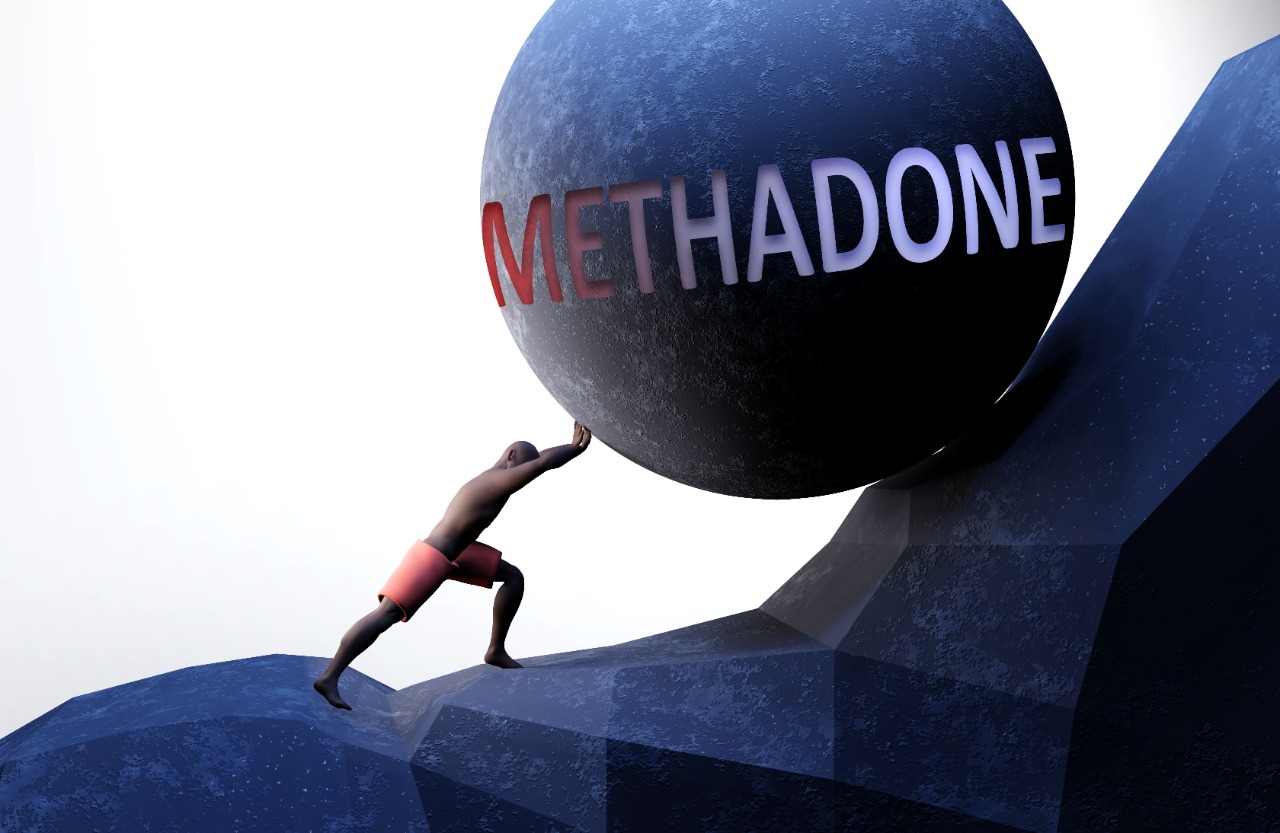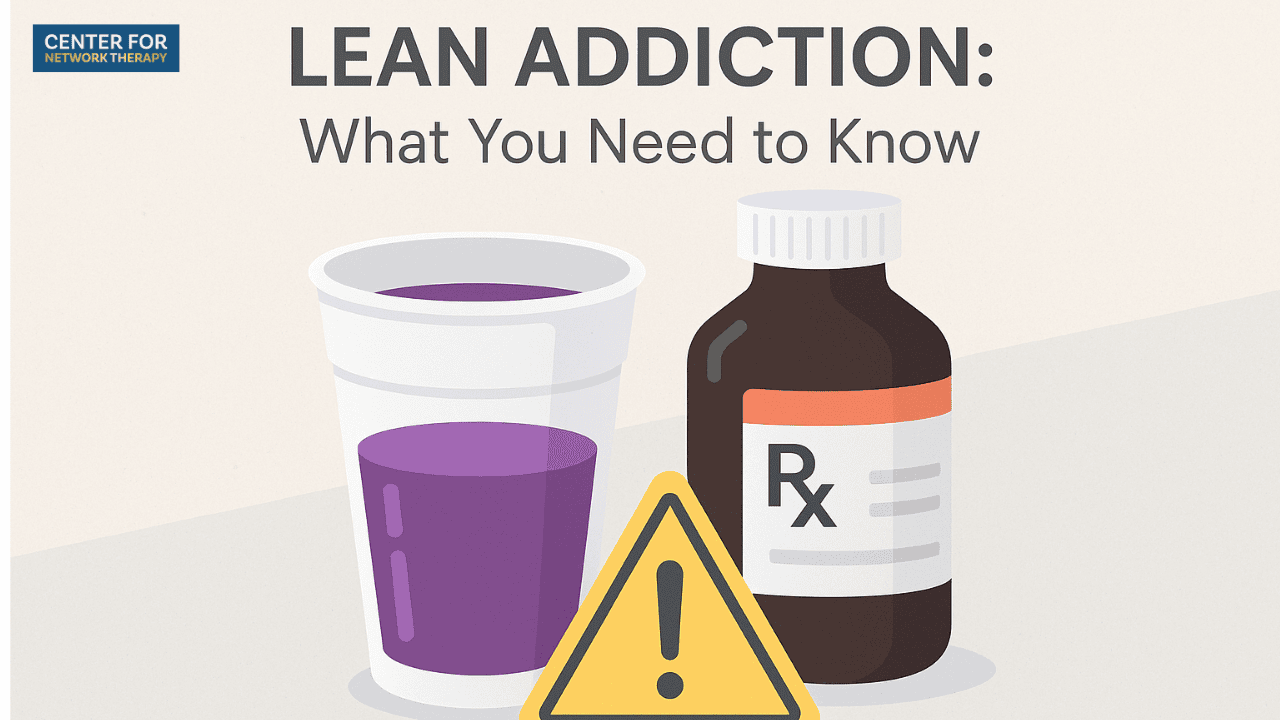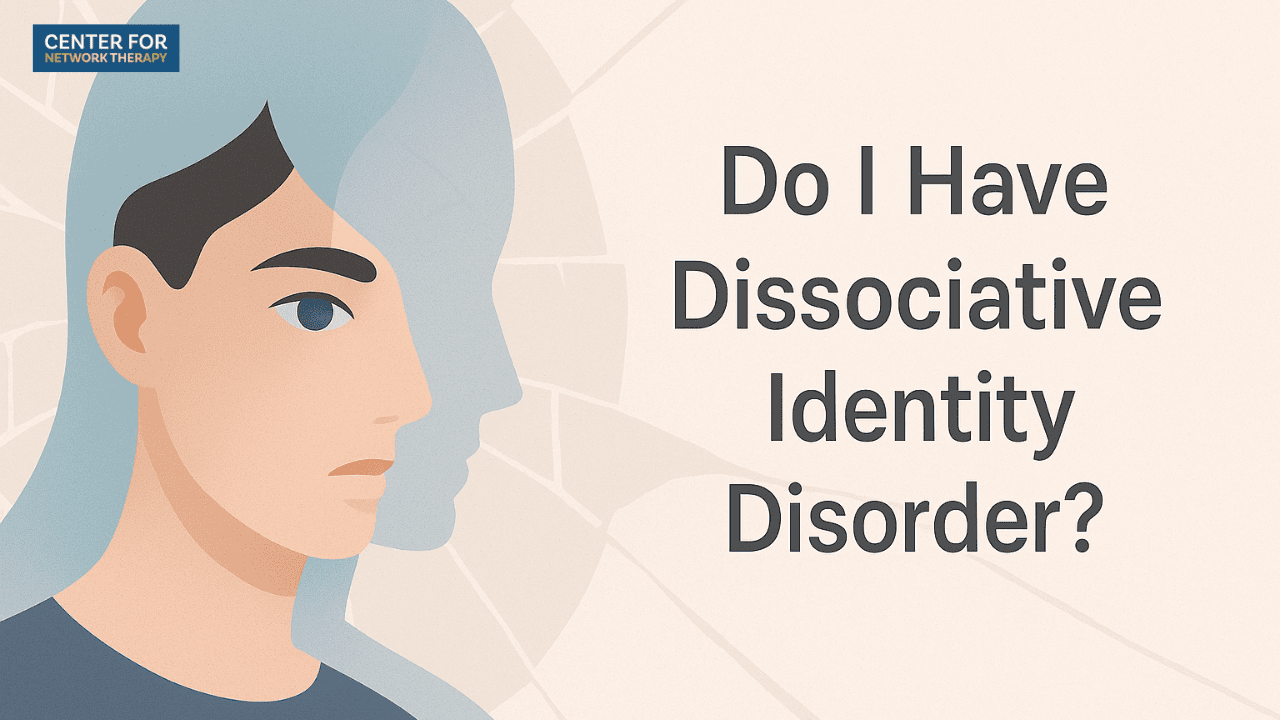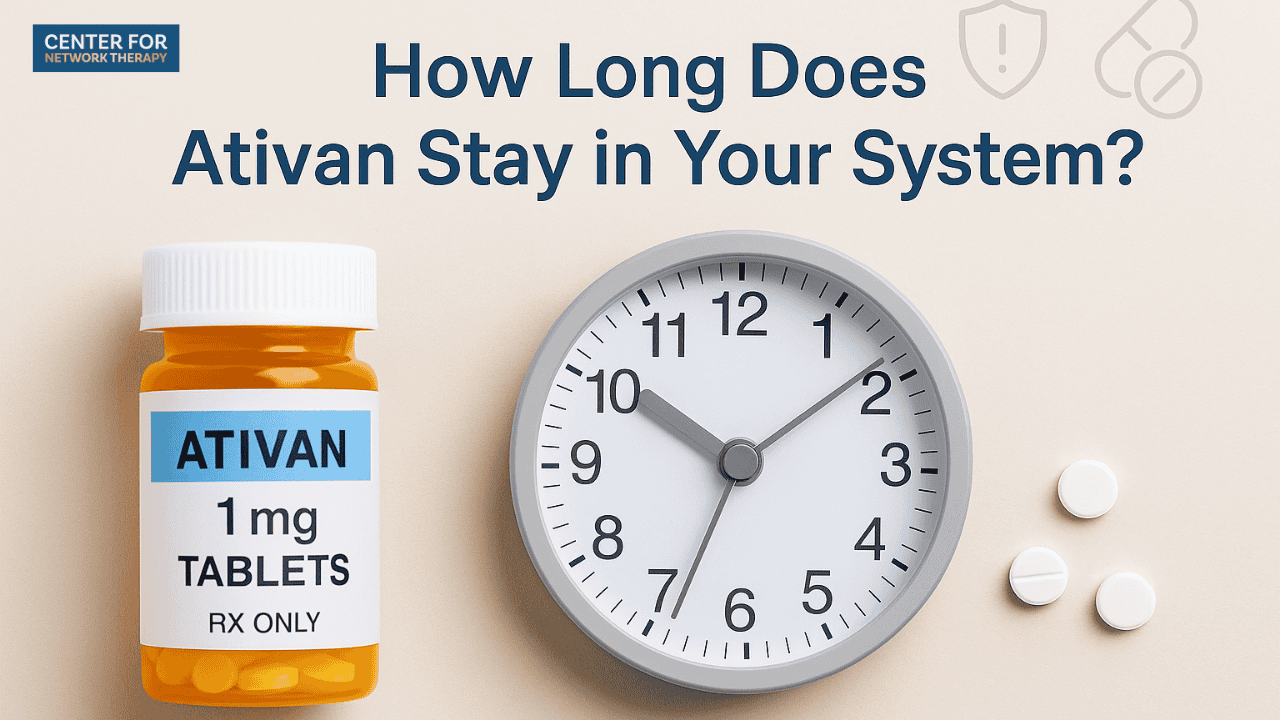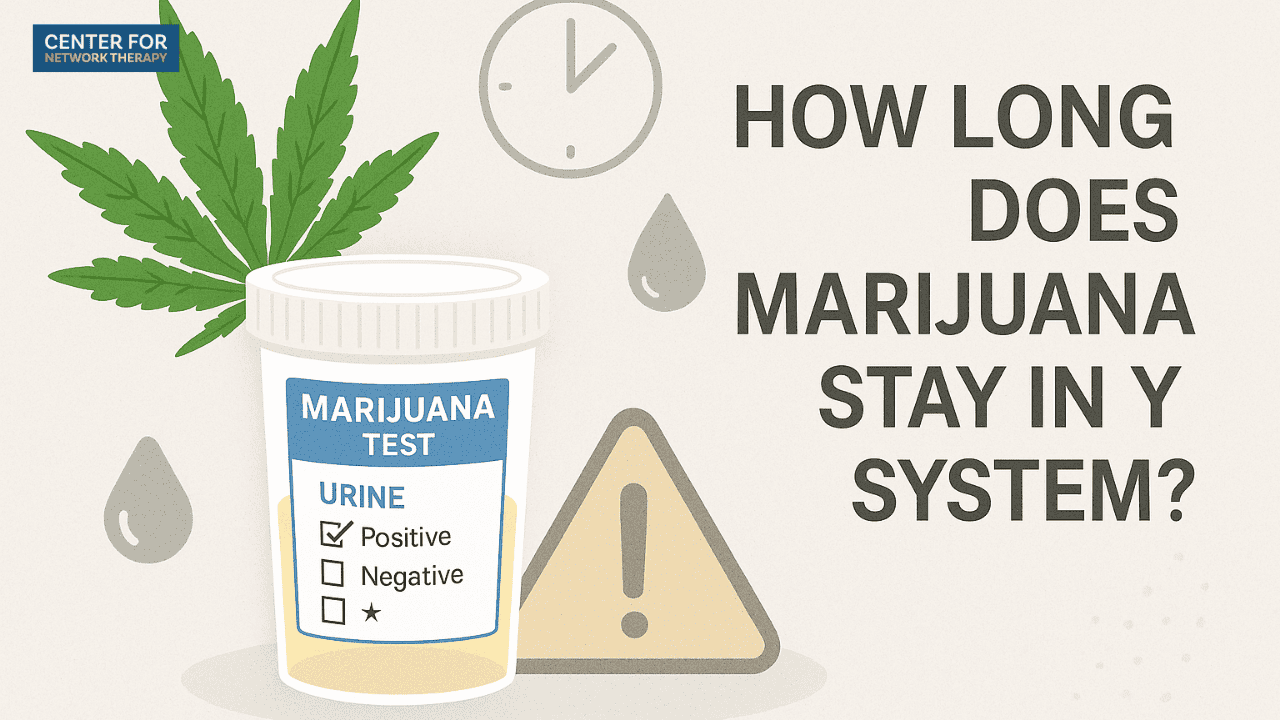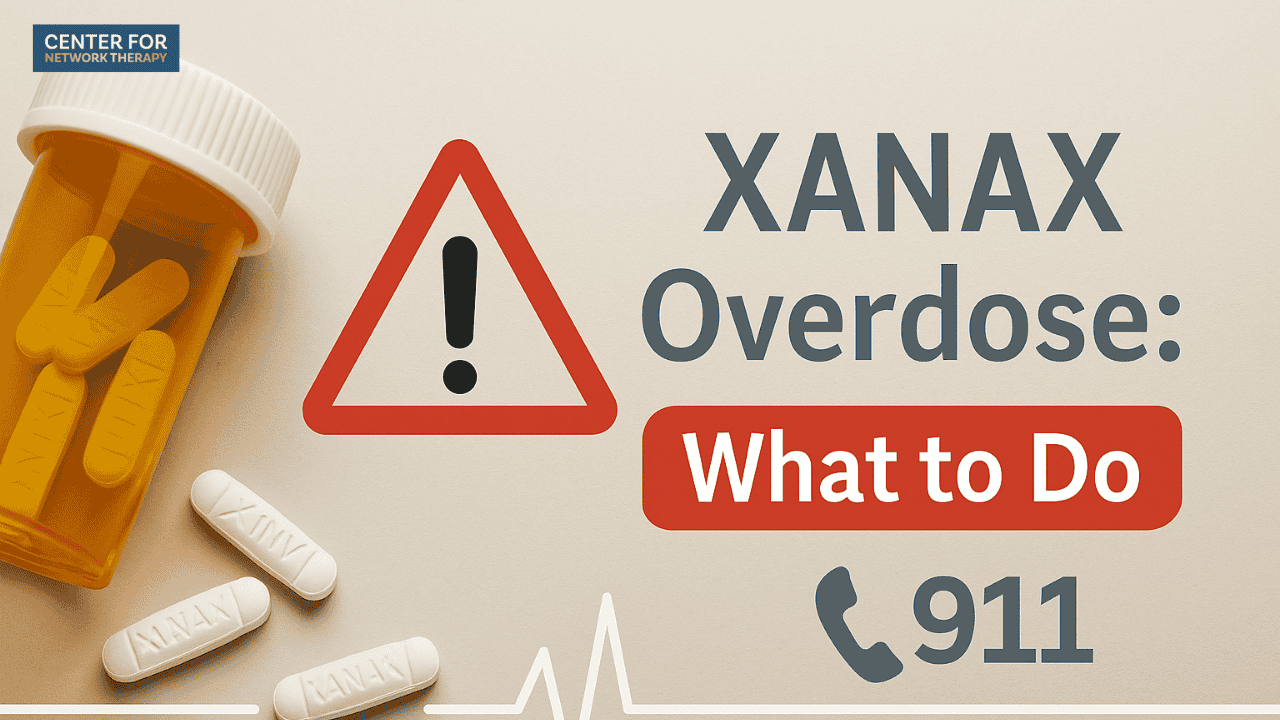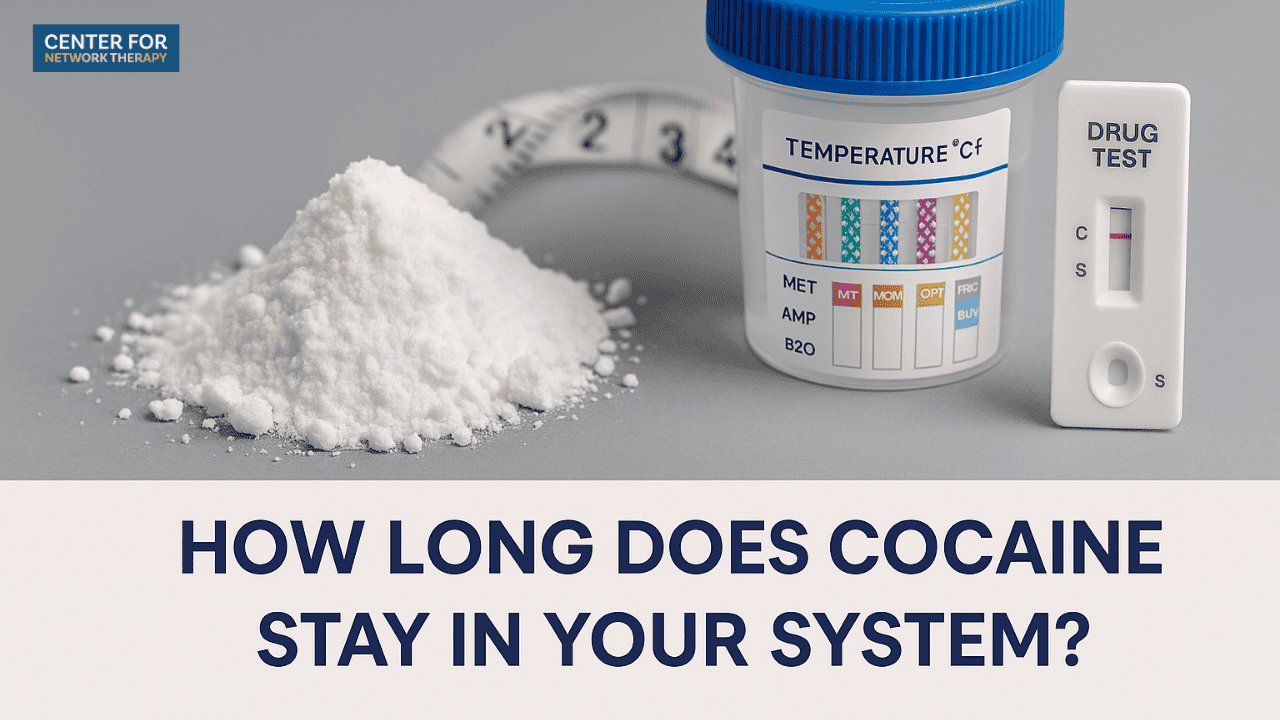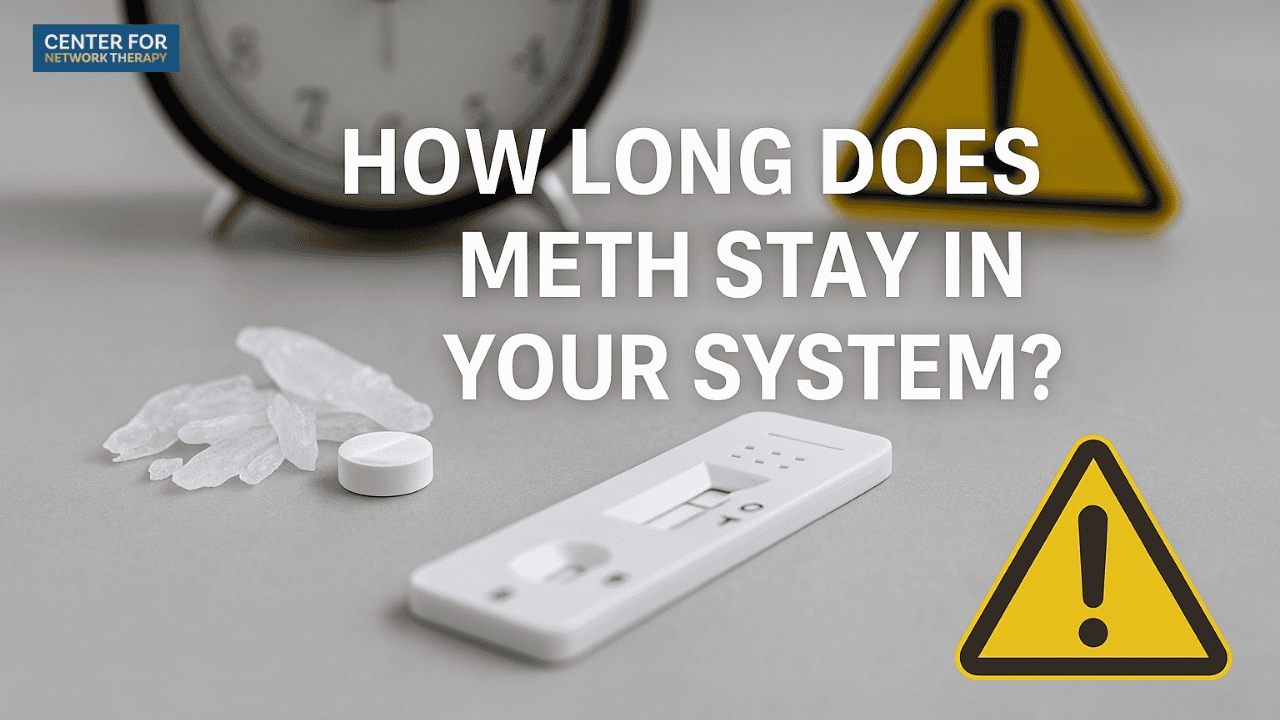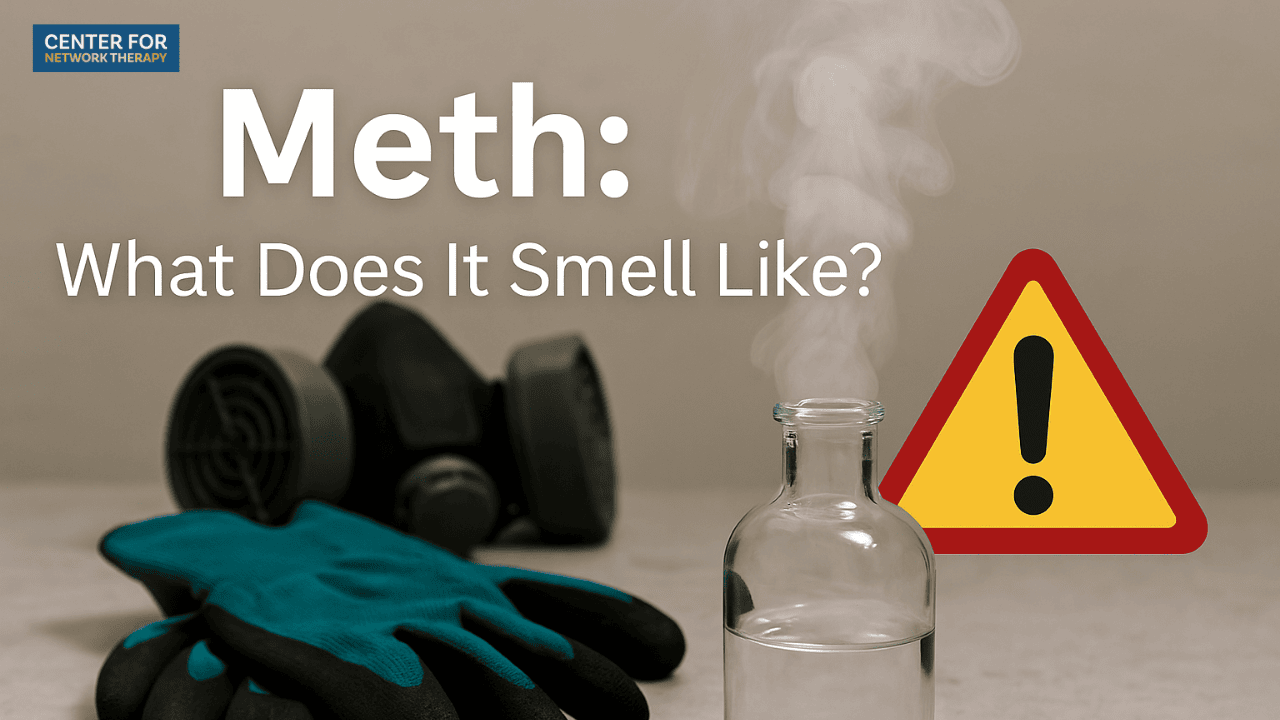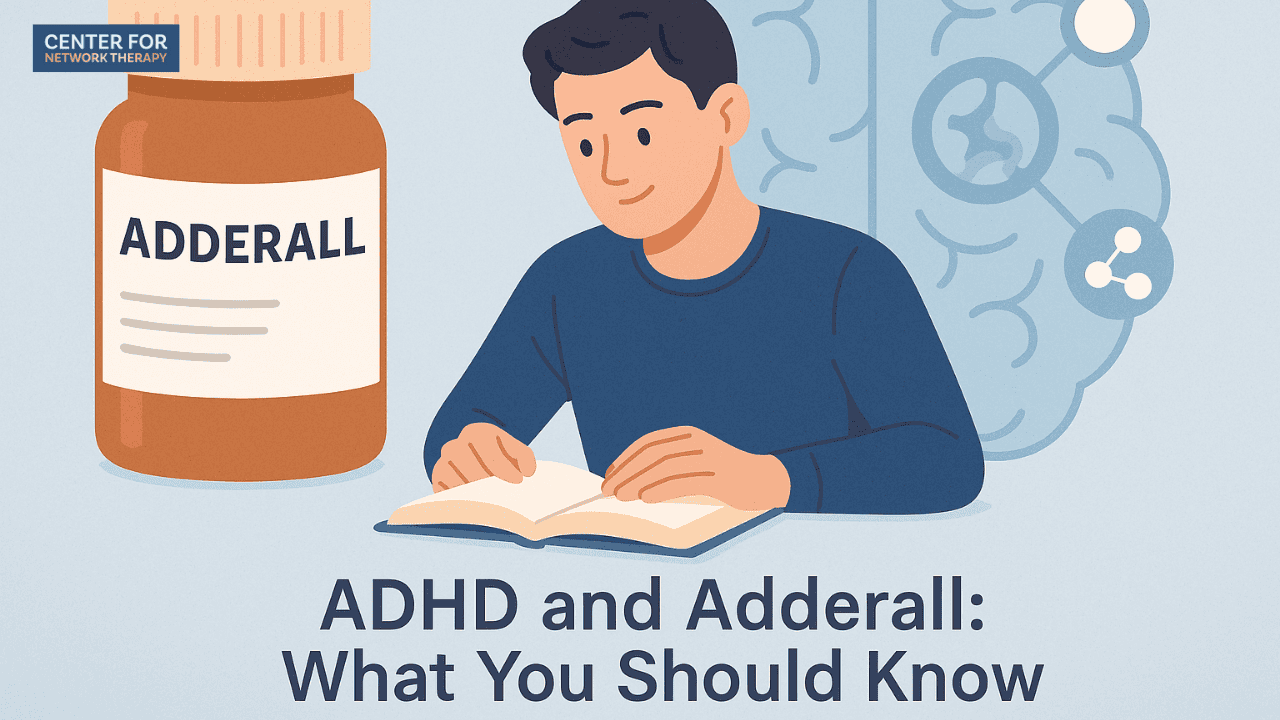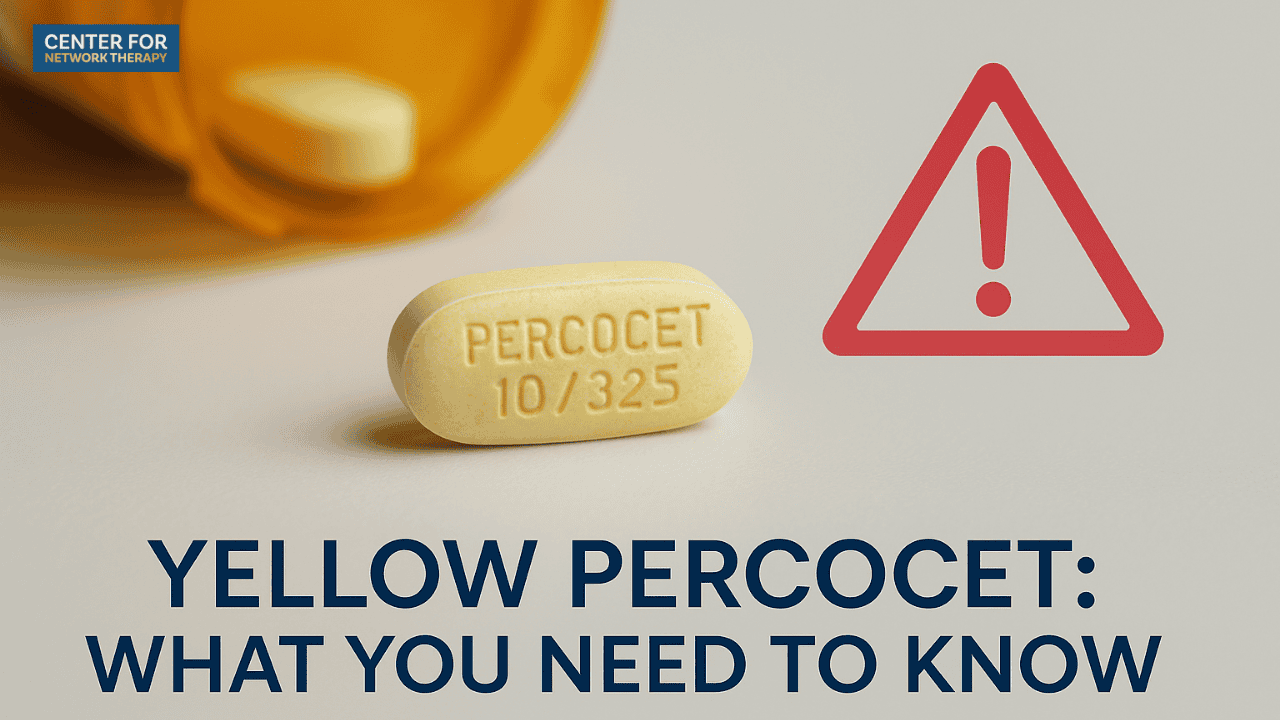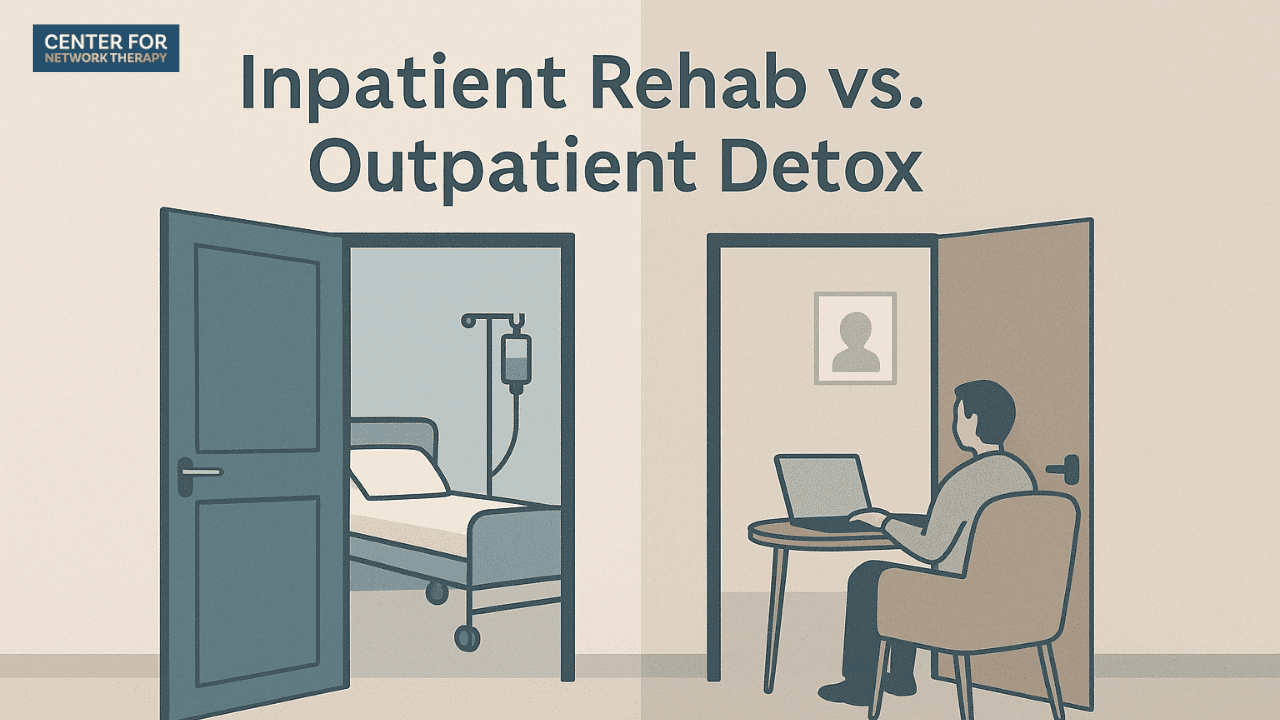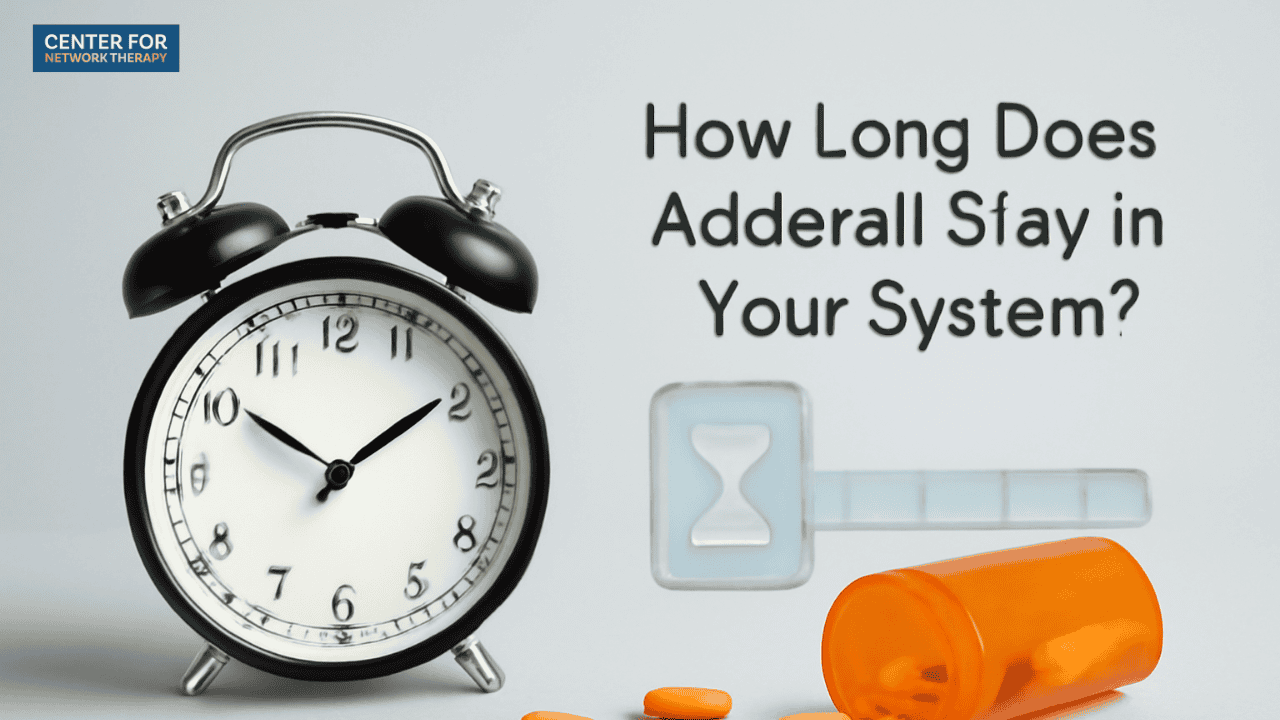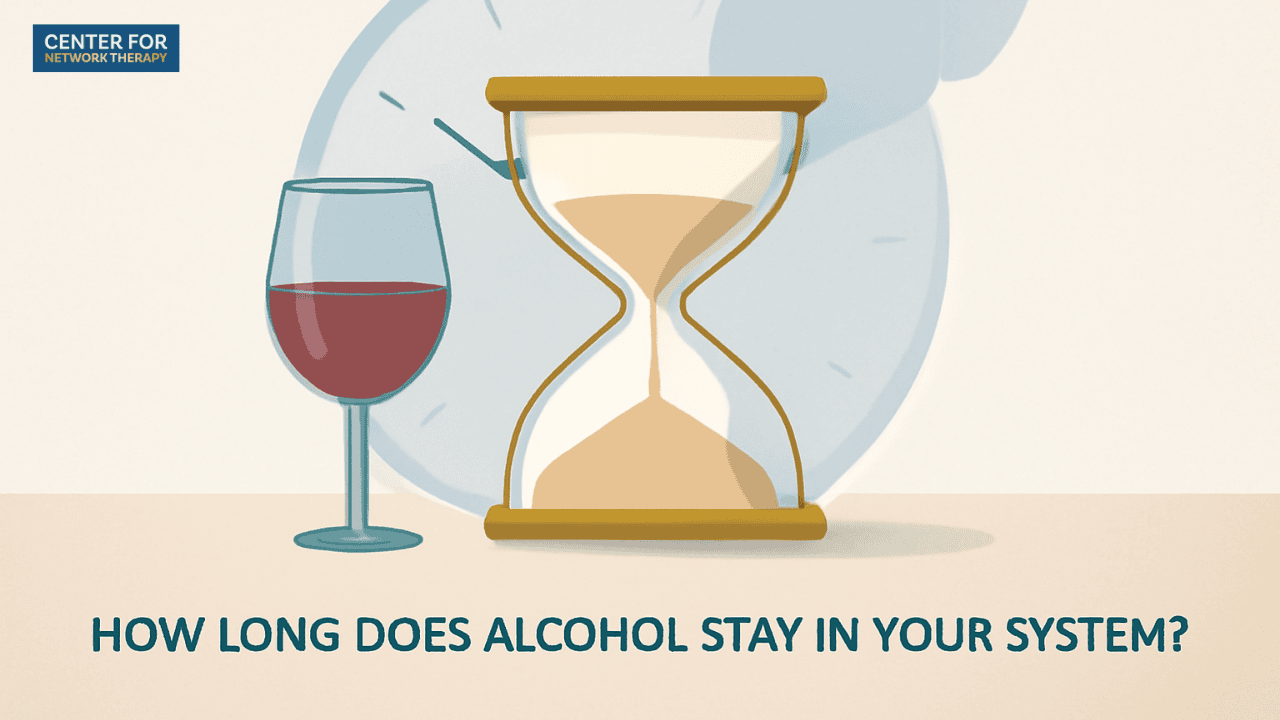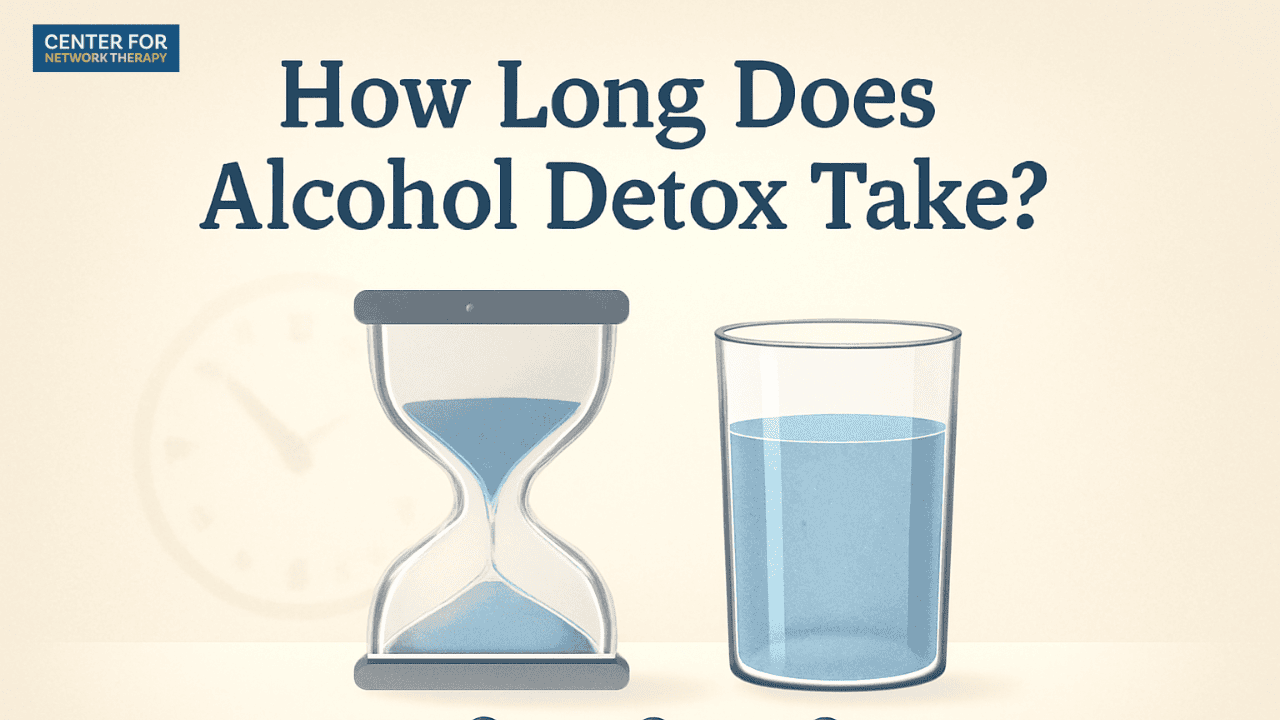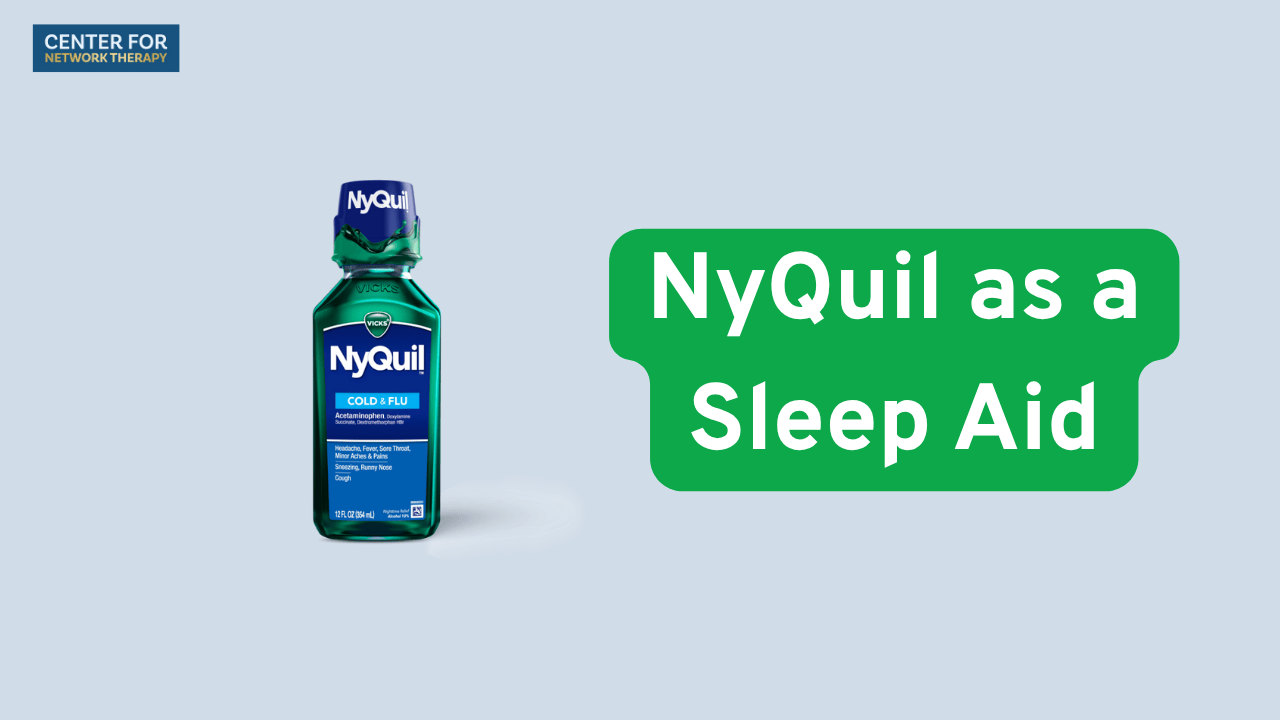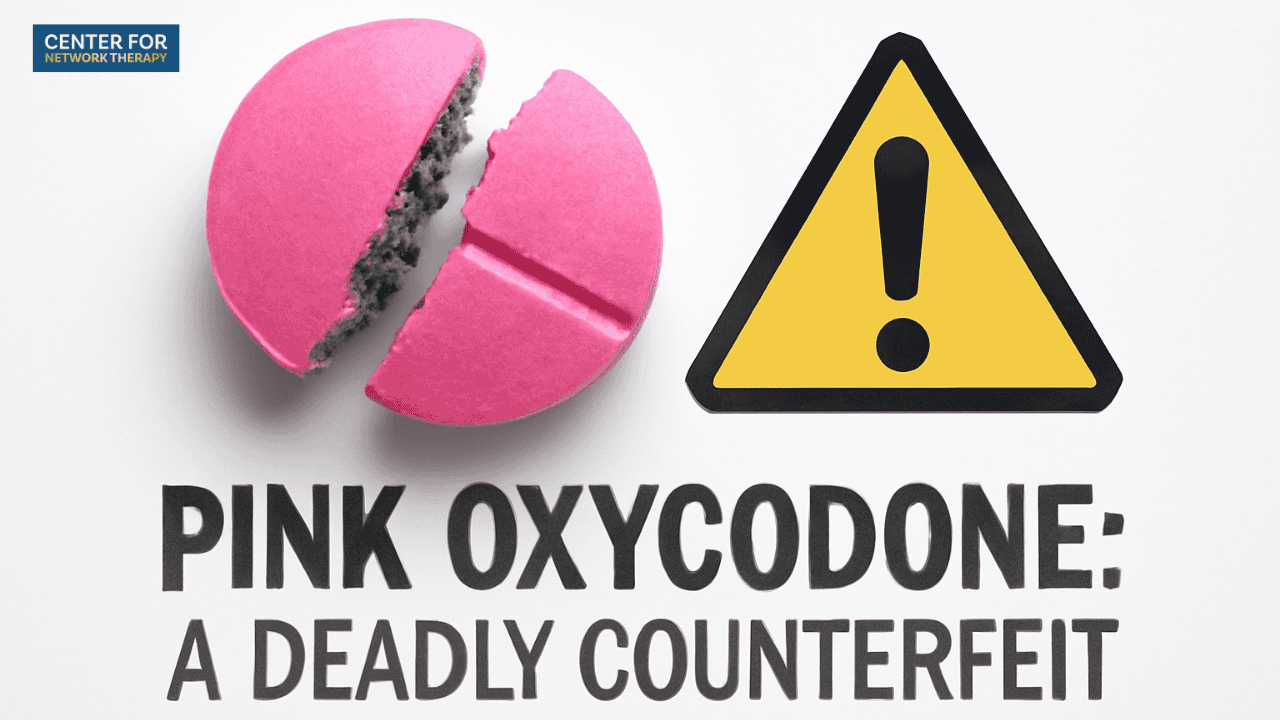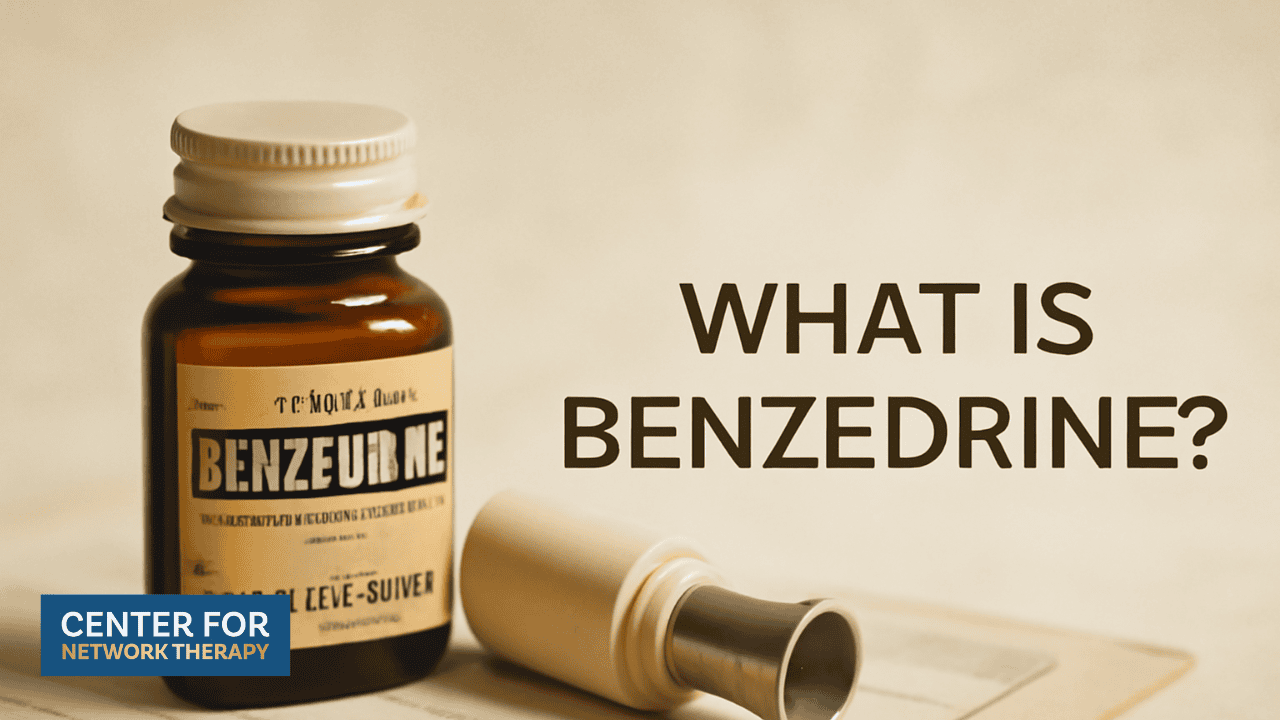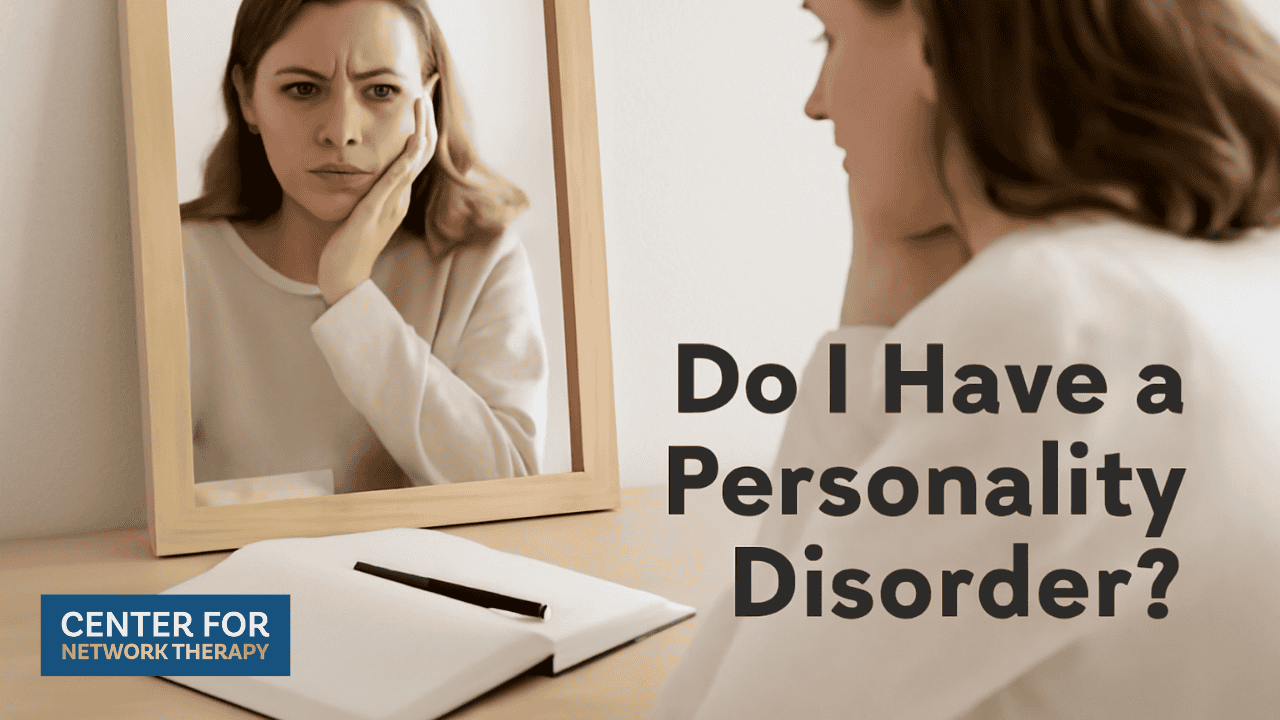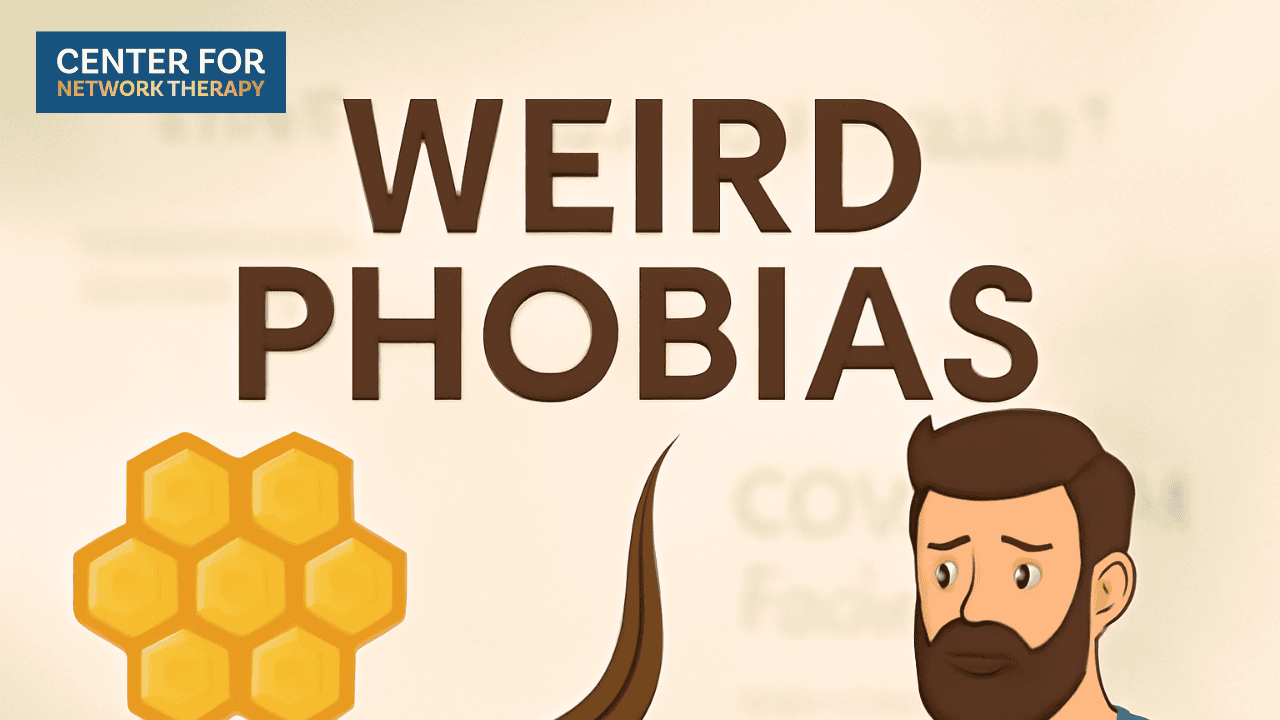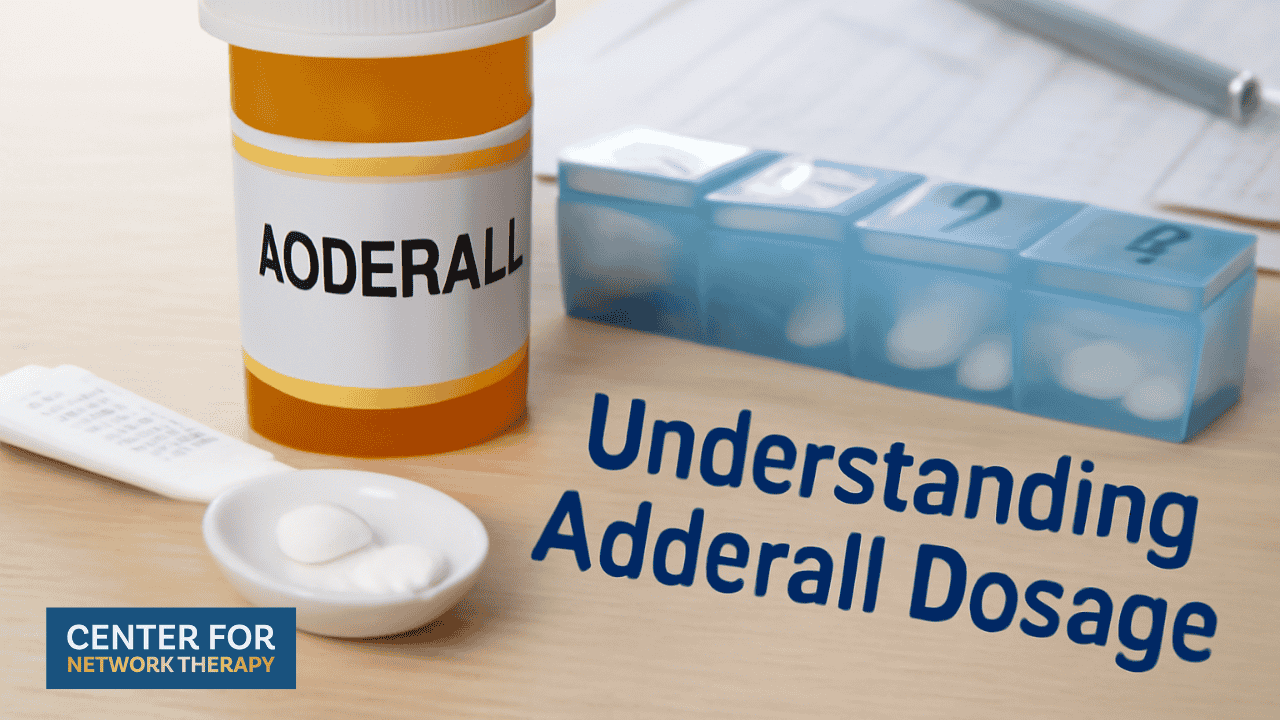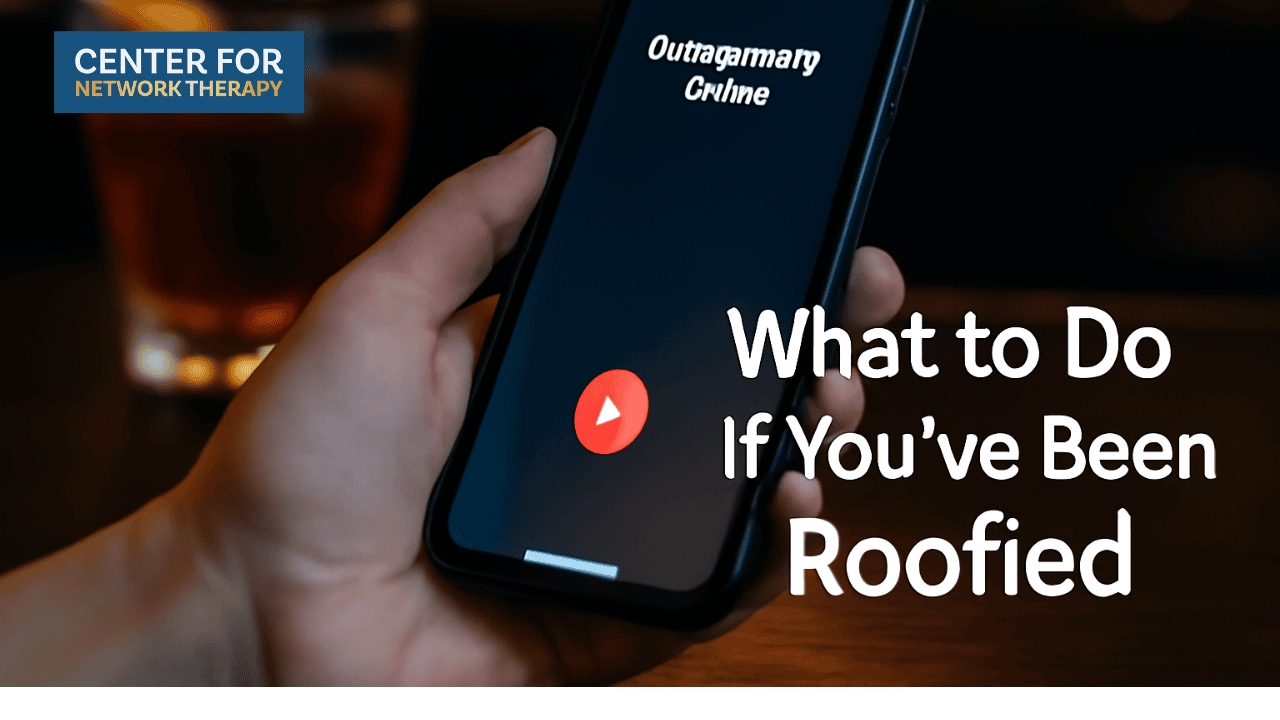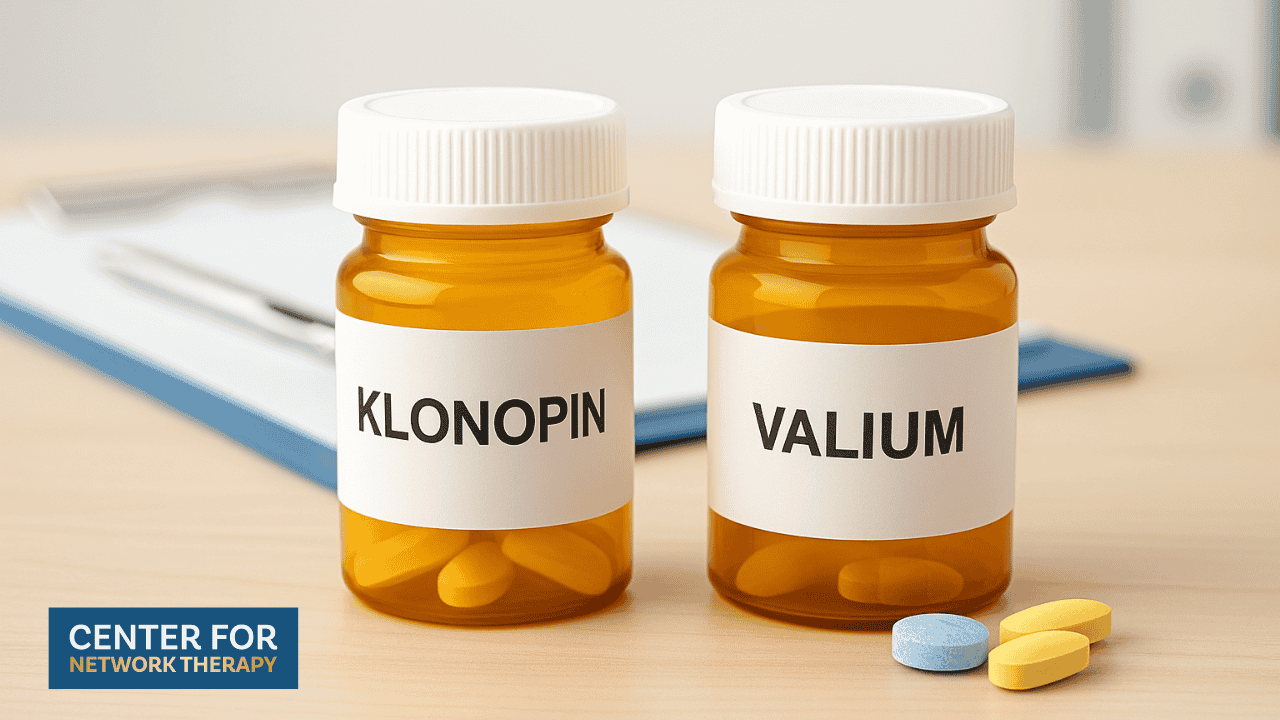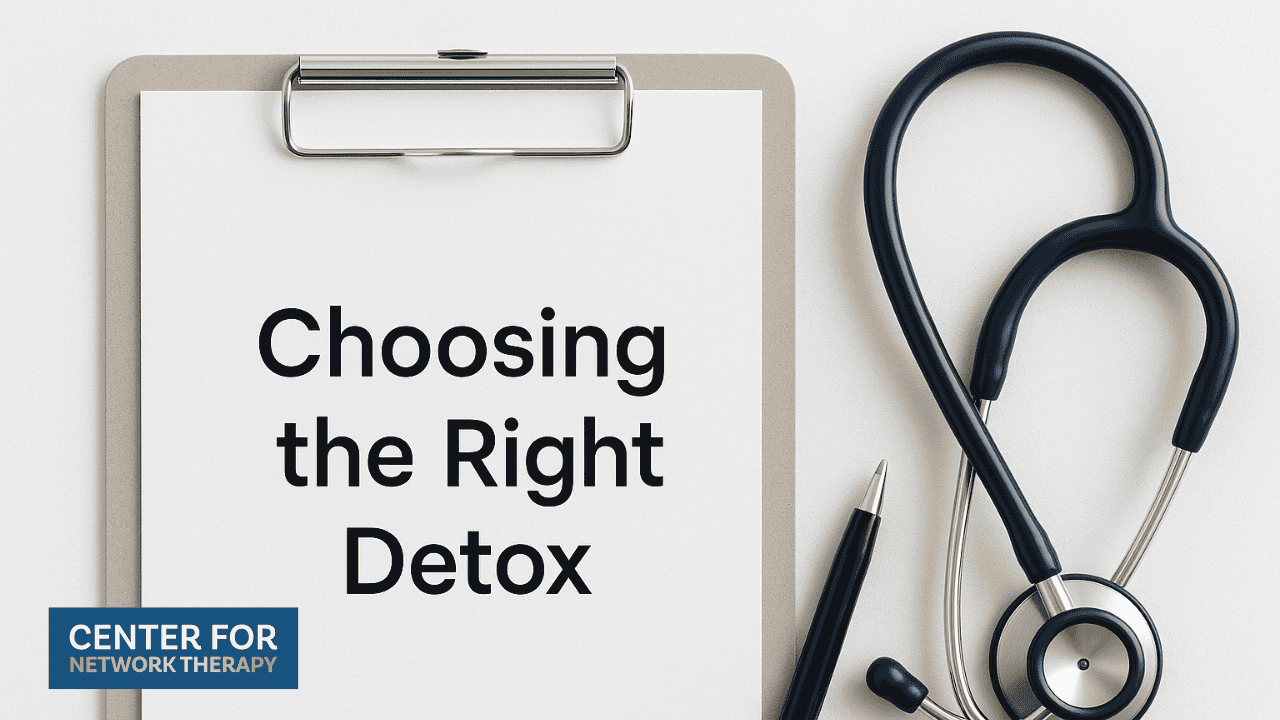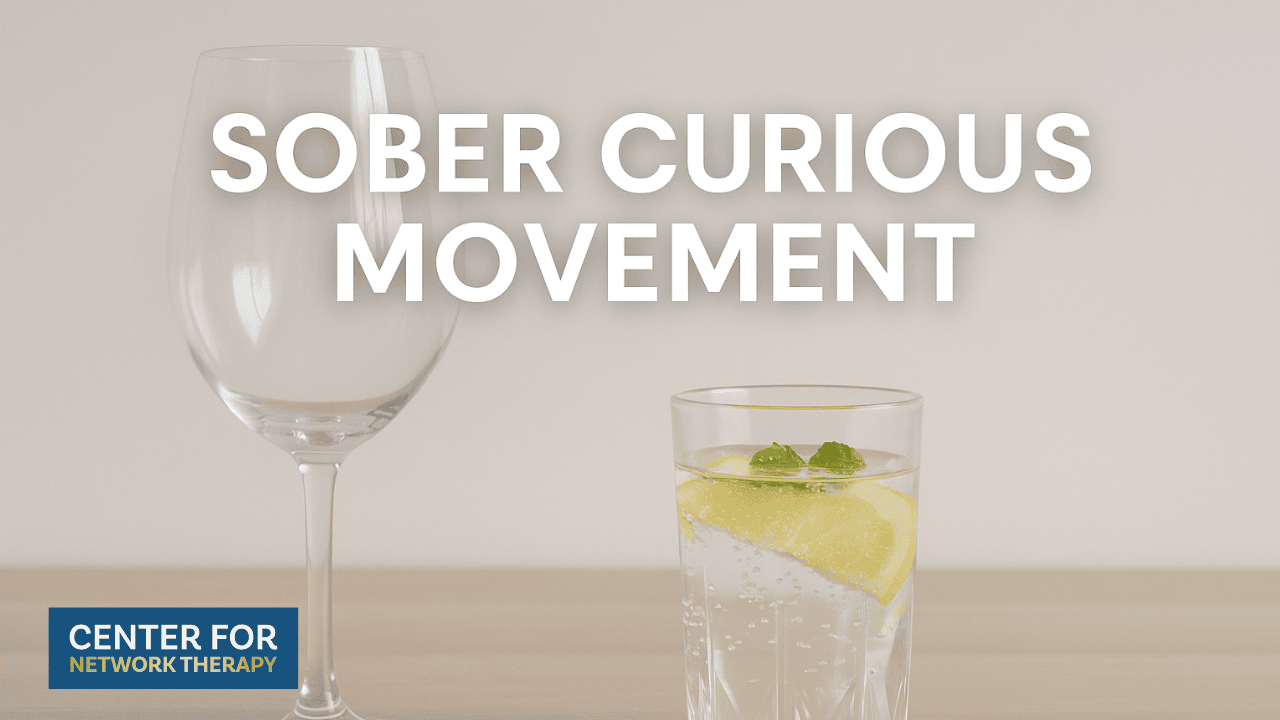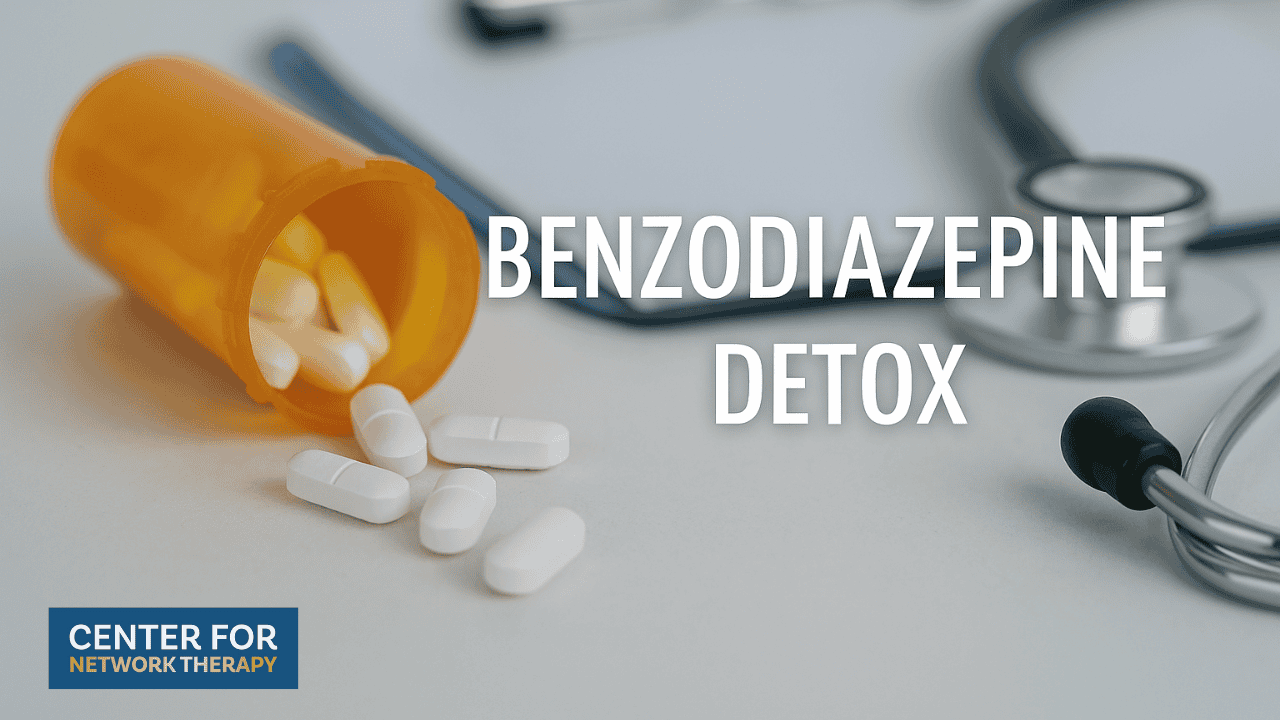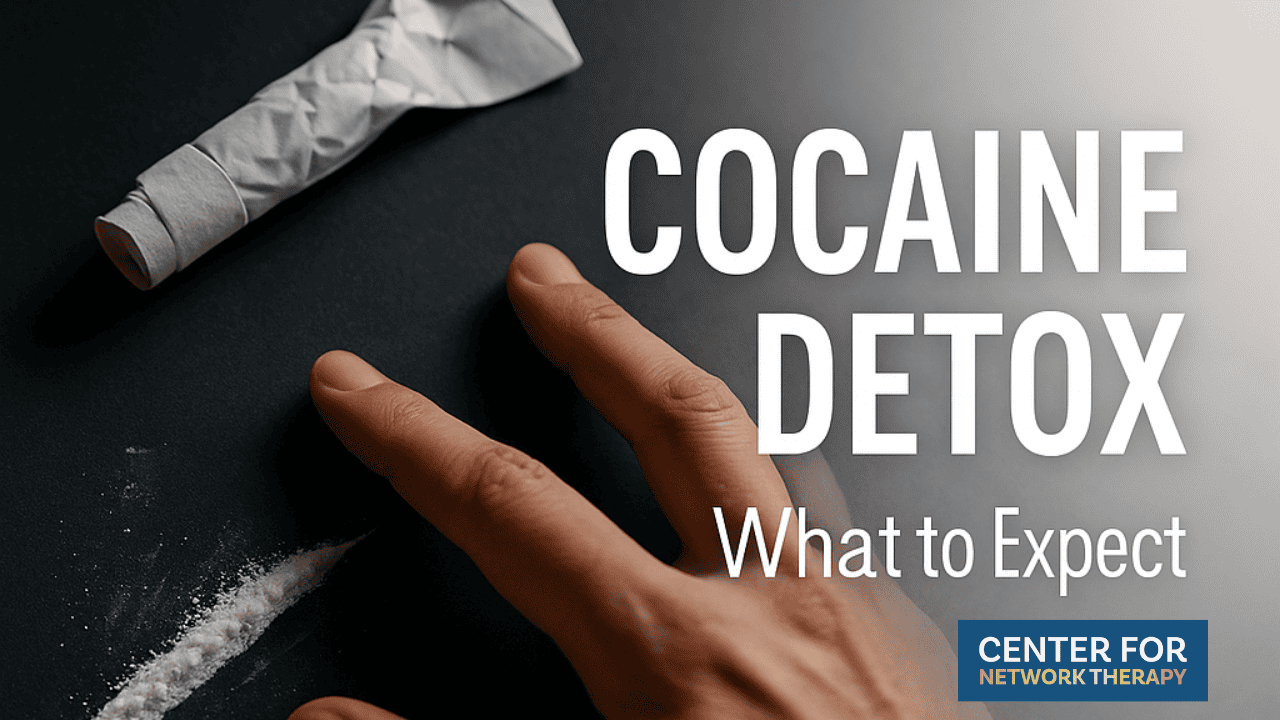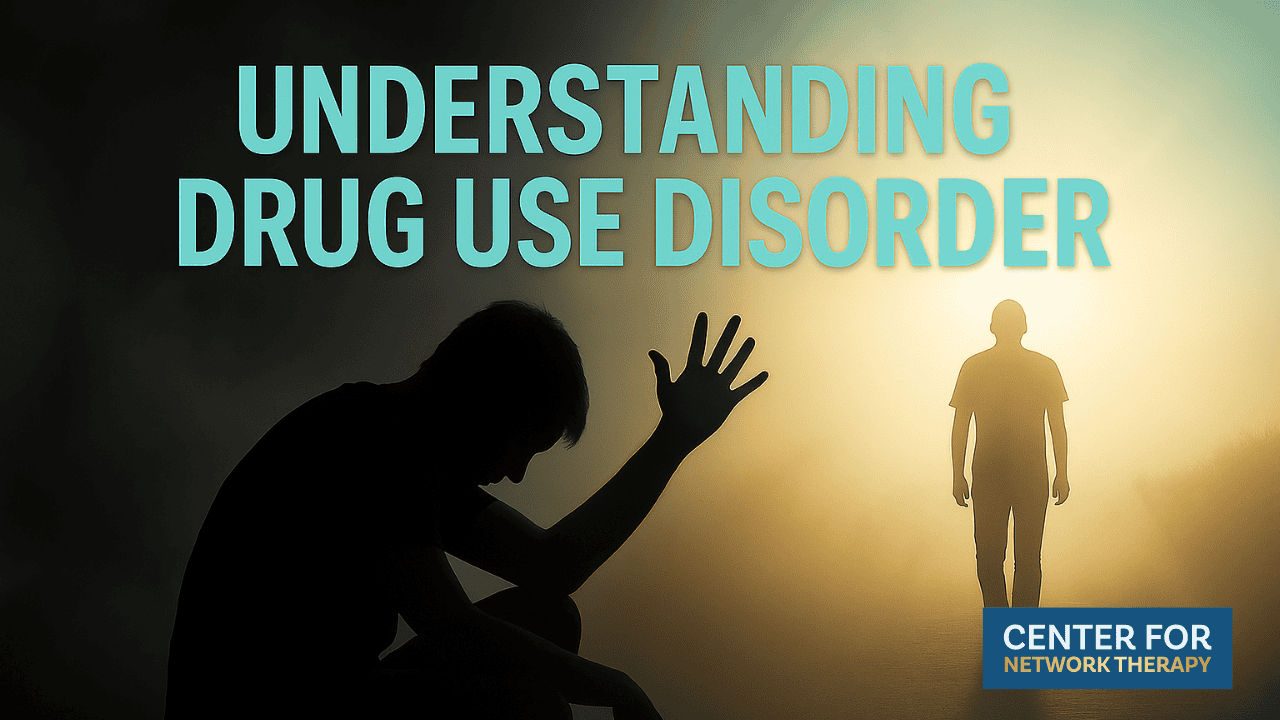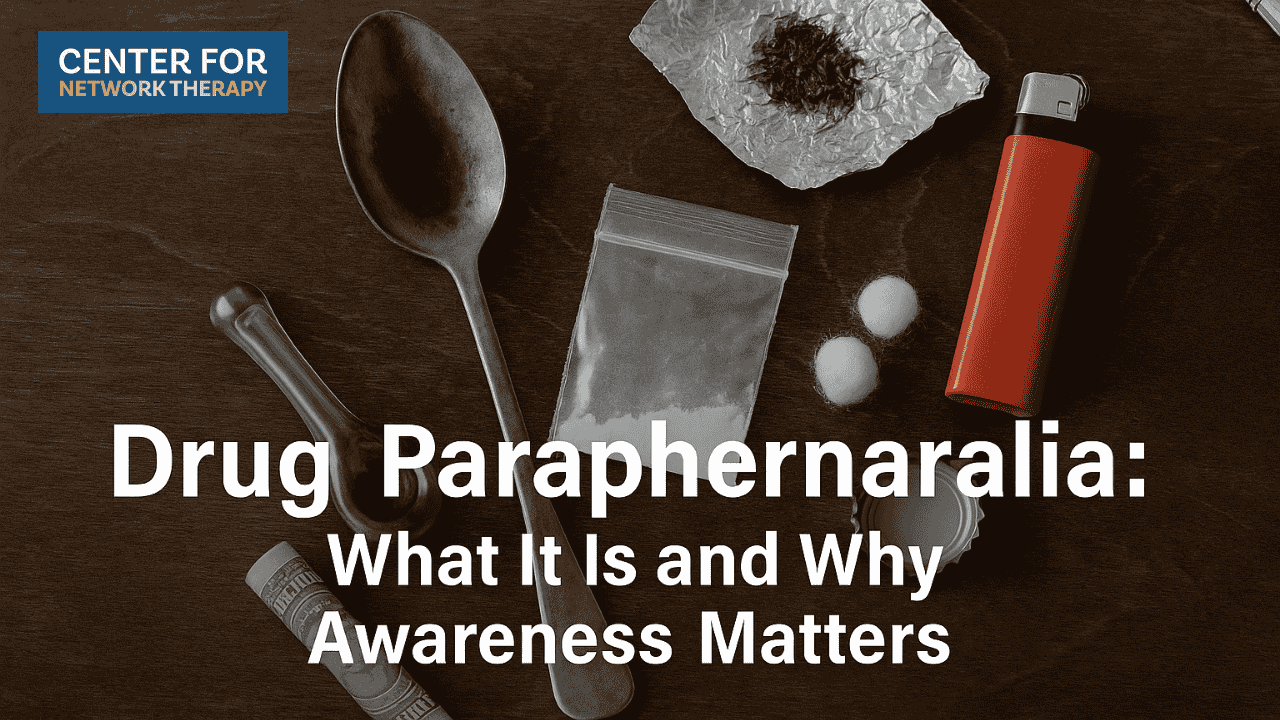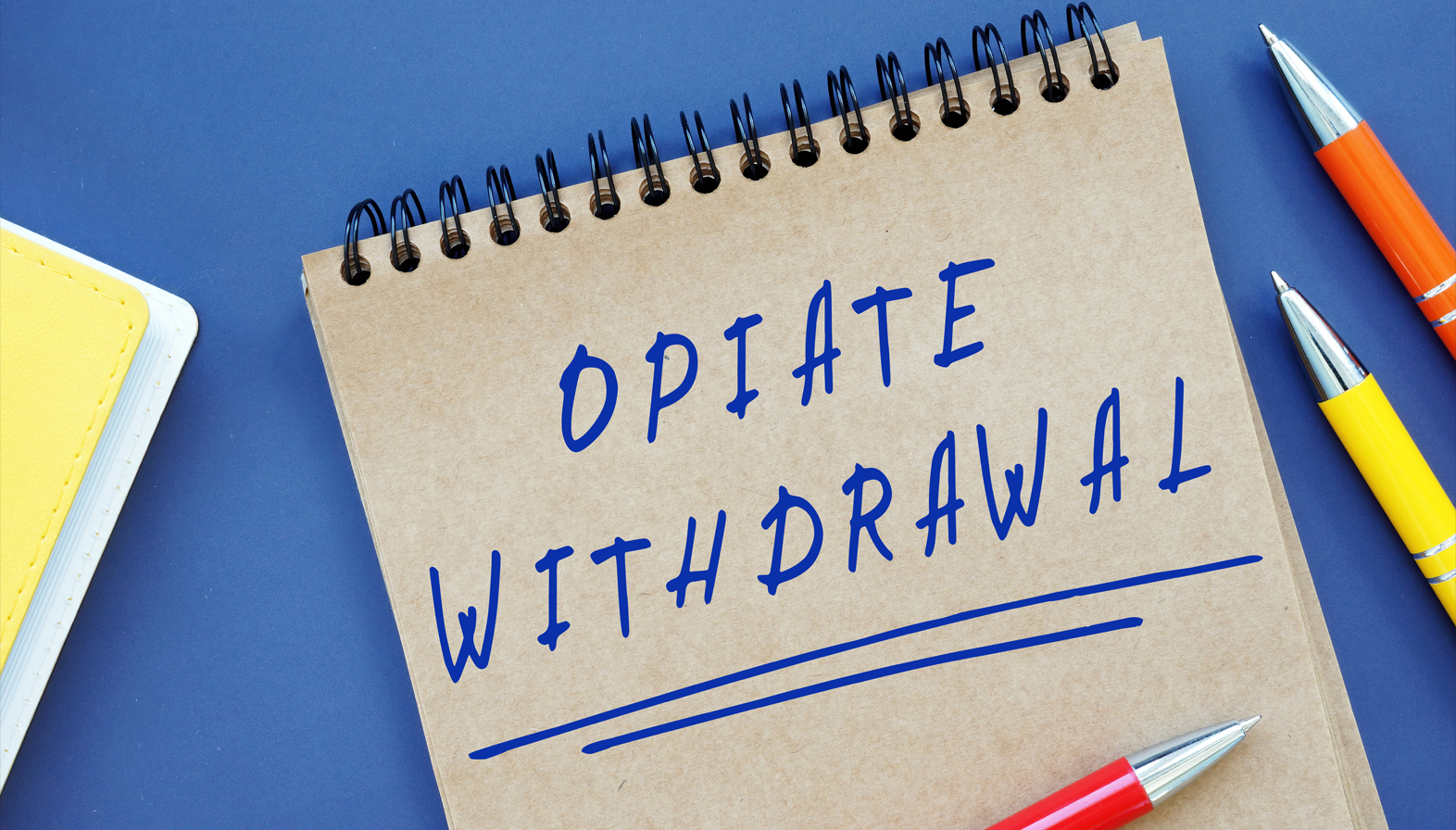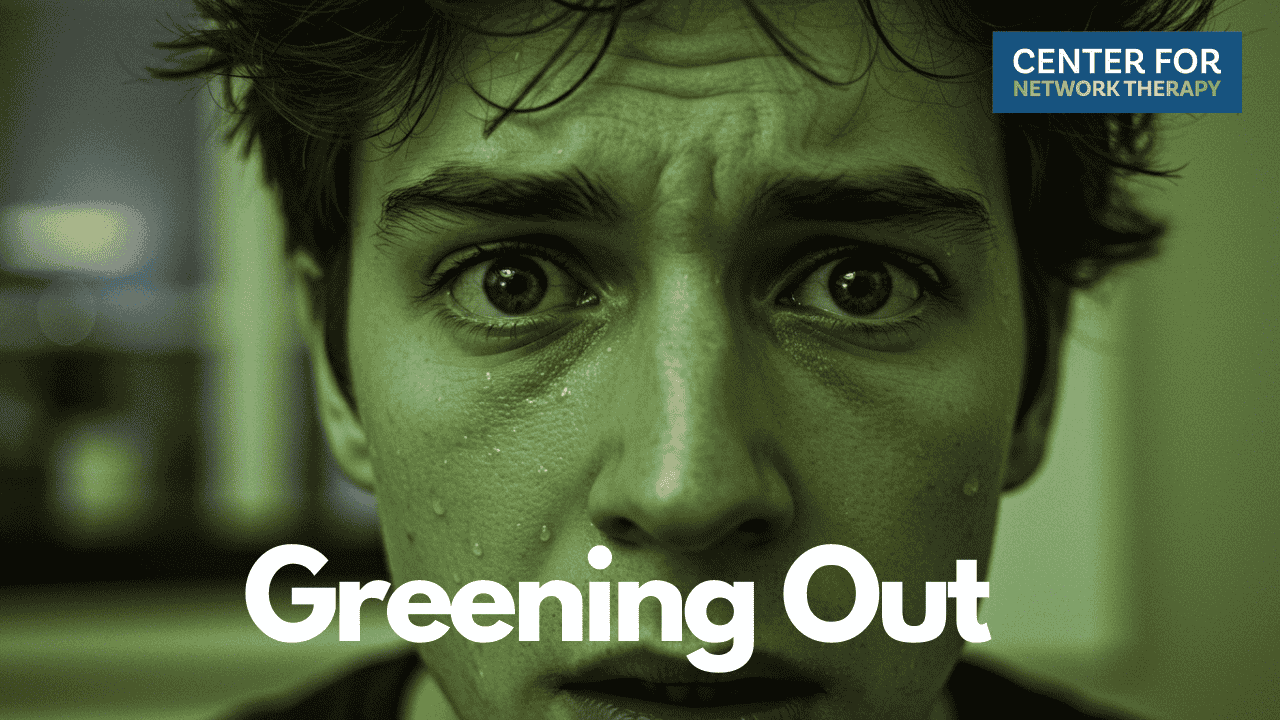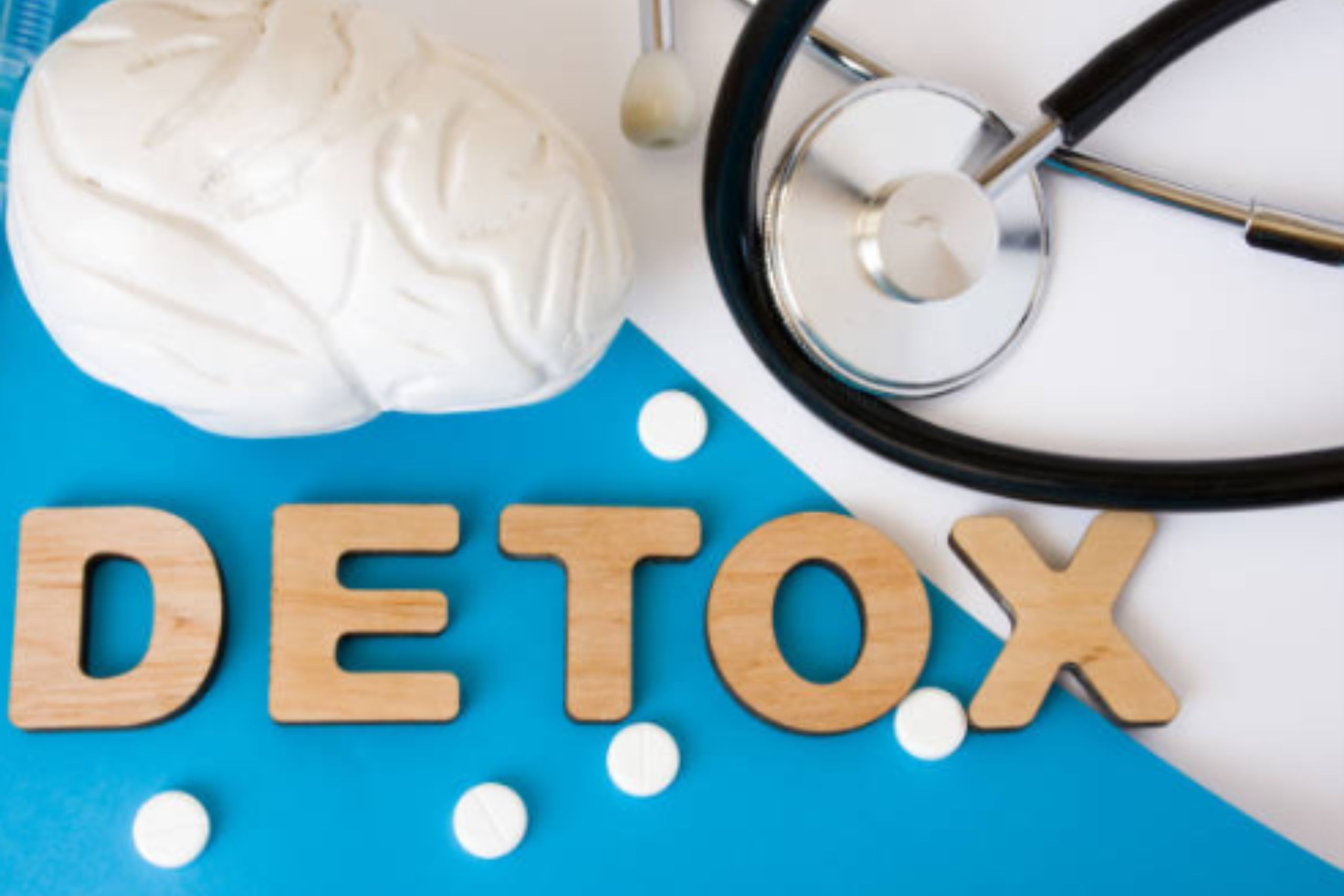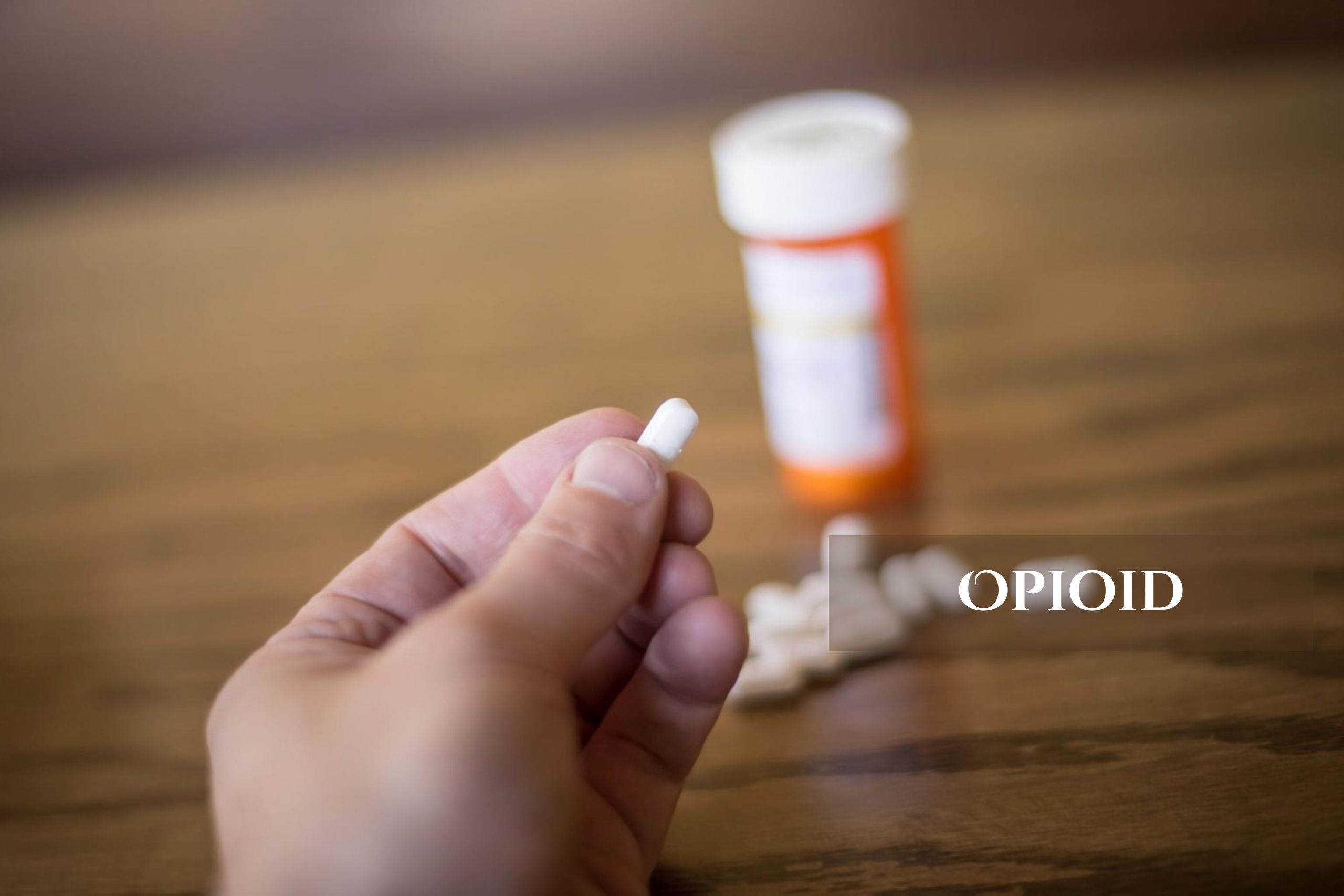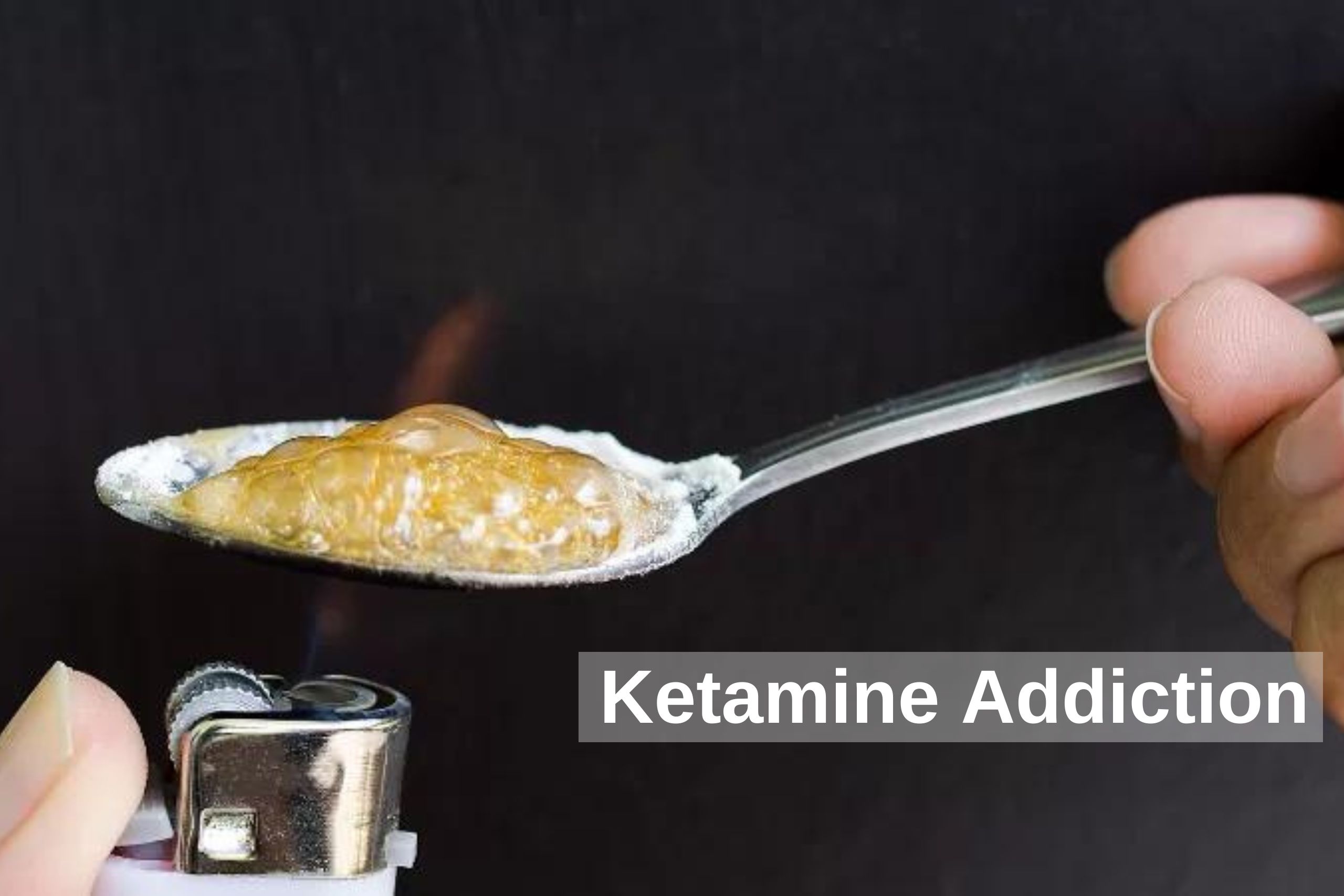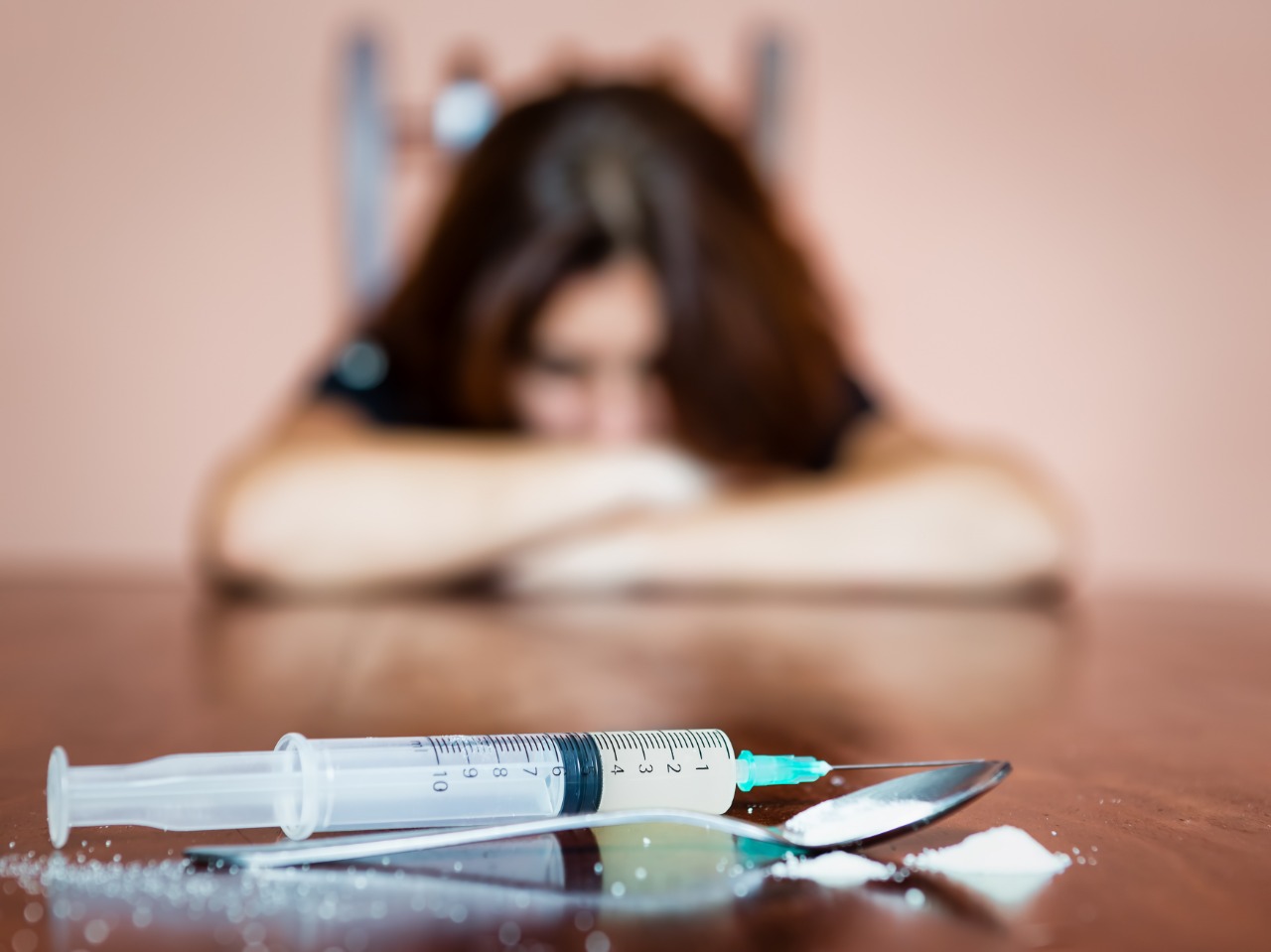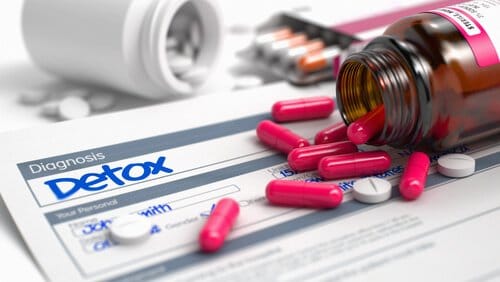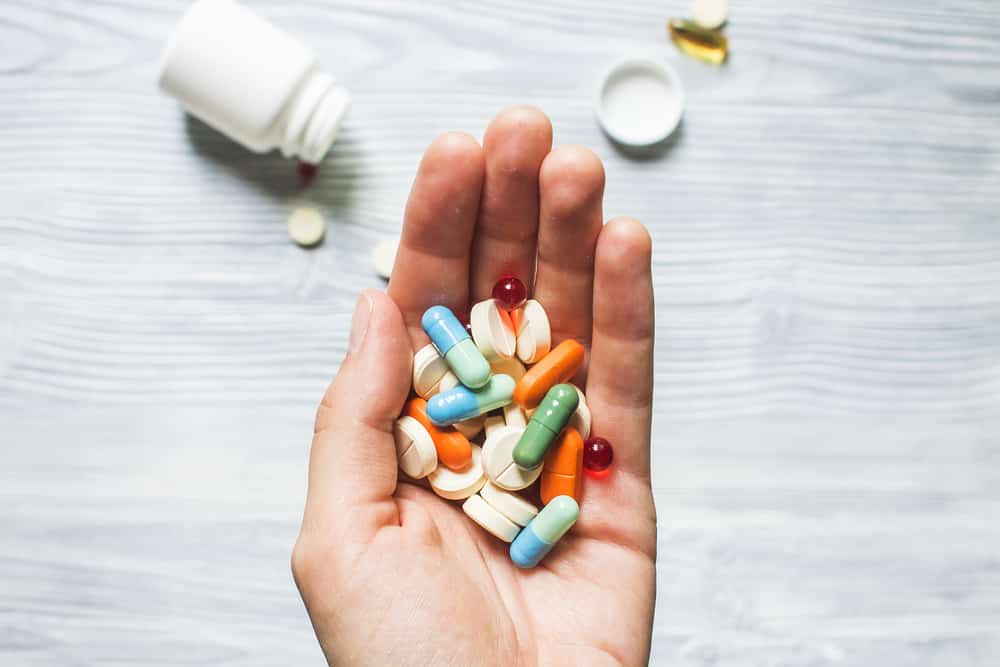Living with ADHD (Attention Deficit Hyperactivity Disorder) can be a daily challenge. For many, it means grappling with focus issues, impulsive behavior, and difficulty with time management. Medications like Adderall are often prescribed to help, but they come with their own set of complexities. If you or someone you care about has ADHD and is using or considering Adderall, here’s what you need to know.
Table of Contents
ToggleWhat Is ADHD and How Does It Affect Daily Life?
ADHD is a neurodevelopmental disorder typically diagnosed in childhood but often continuing into adulthood. Symptoms can include inattention, hyperactivity, and impulsivity. People with ADHD may struggle with tasks that require concentration, organization, or sustained effort. The impact varies from person to person, but it can affect academic, professional, and personal life.
How Does Adderall Work for ADHD?
Adderall is a prescription stimulant that combines amphetamine and dextroamphetamine. It works by increasing the levels of dopamine and norepinephrine in the brain. These neurotransmitters are associated with attention, focus, and impulse control. When used as prescribed under medical supervision, Adderall can significantly improve concentration and reduce hyperactive and impulsive behavior in individuals with ADHD.
However, Adderall isn’t a cure. It’s a tool that helps manage symptoms, often in combination with therapy, lifestyle changes, and other supportive measures.
Benefits and Risks of Adderall Use
For individuals with ADHD, Adderall can:
- Improve attention span and focus
- Reduce impulsive behavior
- Help with academic and work performance
But it also comes with potential side effects, including:
- Loss of appetite
- Insomnia
- Increased heart rate
- Anxiety or mood changes
Long-term use, especially when not medically supervised, can increase the risk of dependence or misuse. It’s important to follow dosage guidelines and have regular check-ins with a healthcare provider.
What Happens If Someone Without ADHD Takes Adderall?
Adderall is sometimes misused by individuals without ADHD, especially in academic or high-stress environments. While it might temporarily enhance focus or wakefulness, misuse can lead to serious health risks, including dependency, cardiovascular issues, and psychological side effects. Using Adderall without a prescription is illegal and dangerous.
ADHD, Adderall, and the Risk of Misuse
Even among those with ADHD, there can be a risk of over-reliance or psychological dependence on medication. It’s essential to:
- Take medication exactly as prescribed
- Monitor any changes in mood, appetite, or behavior
- Have open conversations with healthcare providers
If Adderall use becomes a concern, whether due to tolerance, emotional dependence, or physical symptoms, support is available.
Support Options Beyond Medication
Managing ADHD often requires more than medication. A holistic treatment plan might include:
- Cognitive behavioral therapy (CBT)
- Time management coaching
- Nutritional and exercise routines
- Mindfulness and relaxation techniques
If you’re exploring alternatives or support for Adderall use, Center for Network Therapy offers outpatient detox services that prioritize both safety and dignity.
Getting Help If Adderall Use Has Become a Concern
Whether you’re navigating a new diagnosis or noticing troubling patterns in medication use, reaching out for help is a brave and important step. At Center for Network Therapy, we support individuals through substance-related challenges with outpatient detox programs tailored to your needs.
You don’t have to manage it alone.
📞 Ready to talk? Call us at 732-484-9661
If you’re unsure whether your or a loved one’s use of Adderall is helpful or harmful, start with a confidential conversation. We’re here to help.
Disclaimer: This blog is intended for educational purposes only and does not replace medical advice. If you or a loved one is struggling with stimulant use, take our confidential quiz or speak with a healthcare provider to explore safe options for care.




